Best Fall Blooming Plants to Transform Your Seasonal Garden
Are you ready to keep your garden lively and beautiful by growing fall-blooming plants? As summer fades away and the air turns crisp, your garden doesn’t have to lose its vibrancy.
Fall blooming plants keep the garden alive long after summer flowers fade. Just when you think it’s all winding down, the asters, mums, and dahlias show up to remind us that autumn has its own kind of beauty.
In my Pacific Northwest garden, I love the shift from sunny daisies and sweet peas to richer jewel tones that carry me right into sweater weather. These fall flowers not only brighten beds and containers, but they also give pollinators one last feast before winter arrives.
Today, I’m sharing some of my favorite fall-blooming plants—perennials, annuals, and even a few cut flower favorites—that keep the season going strong.
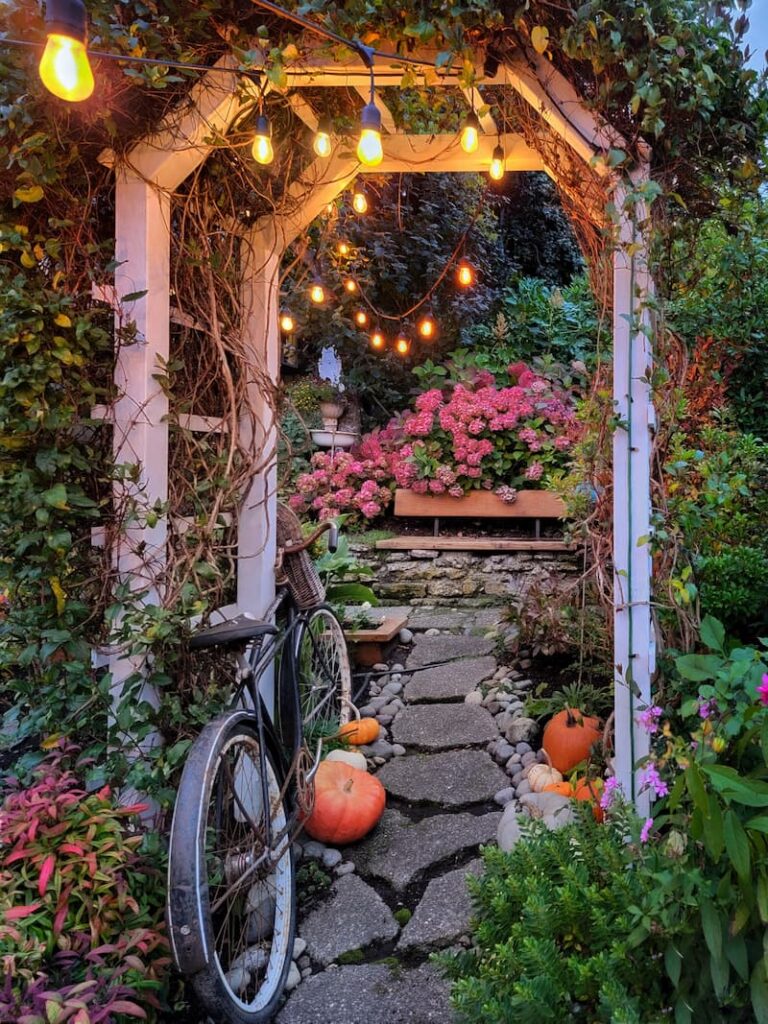
As an Amazon affiliate, I earn a commission from qualifying purchases at no additional cost to you. My blog also features other affiliate links for your convenience. Click here to read my privacy policy.
Why Add Fall Blooming Plants?
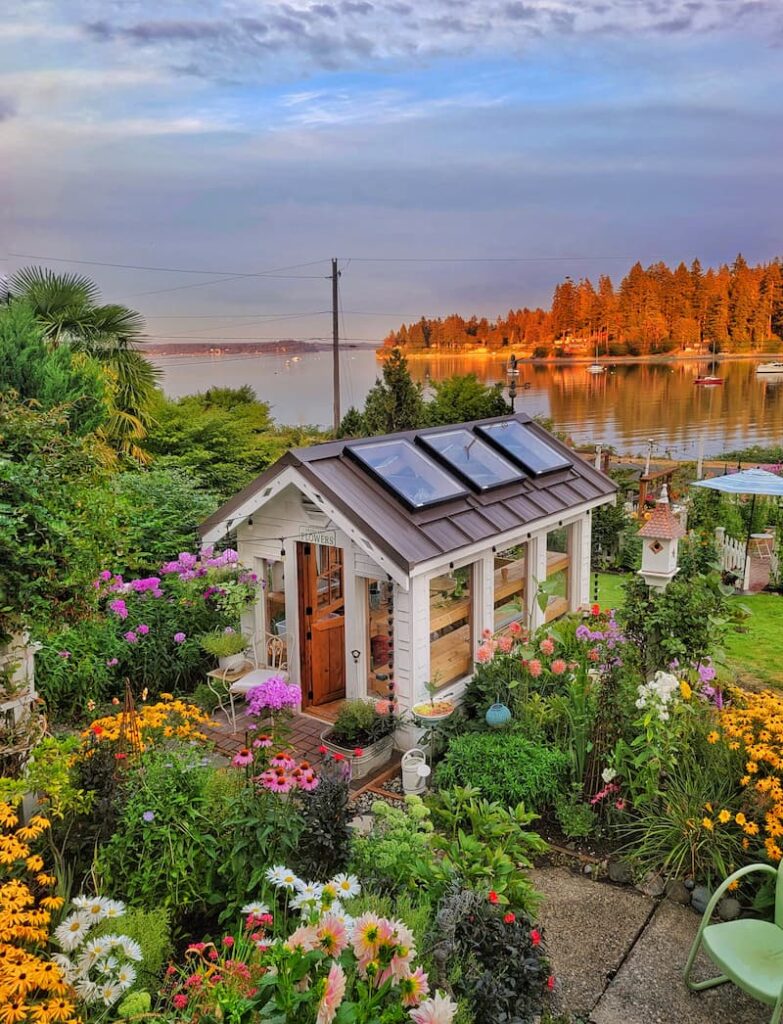
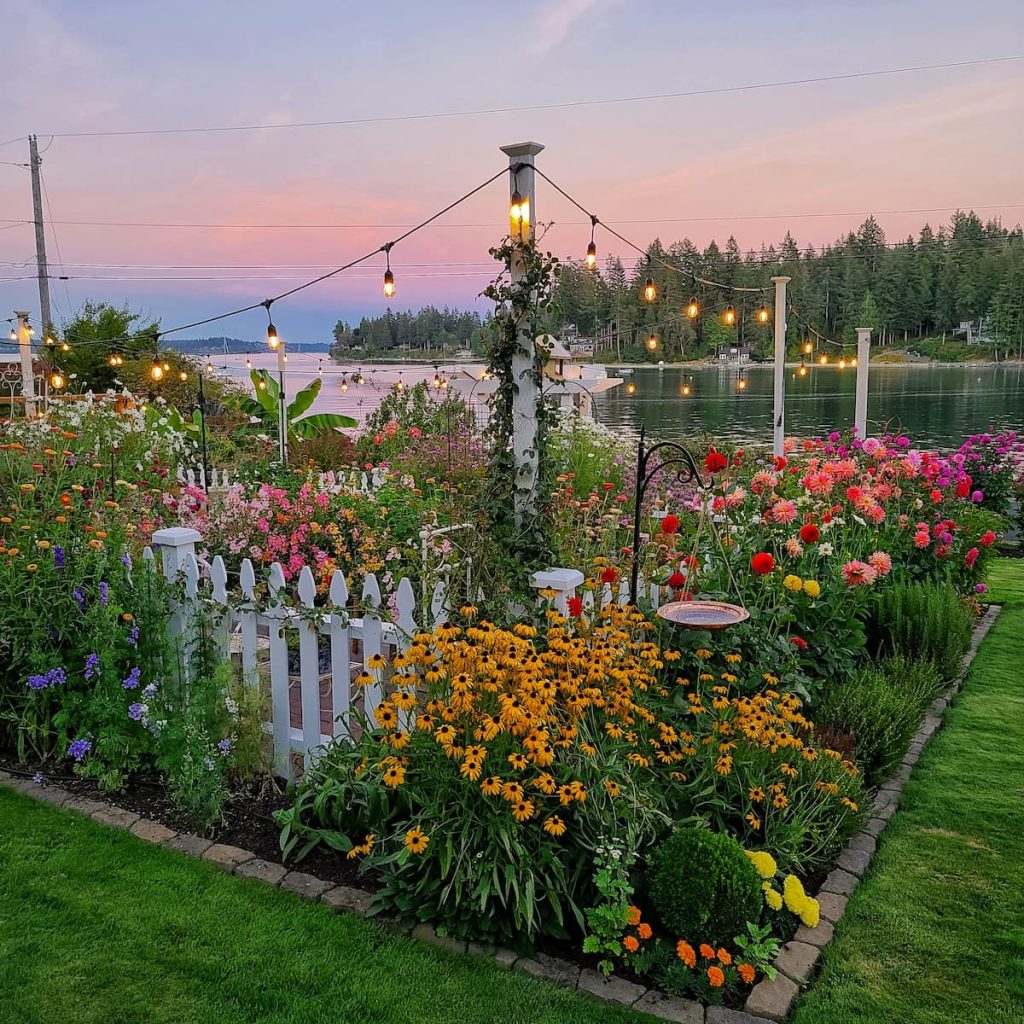
Best Fall Blooming Perennials
Asters
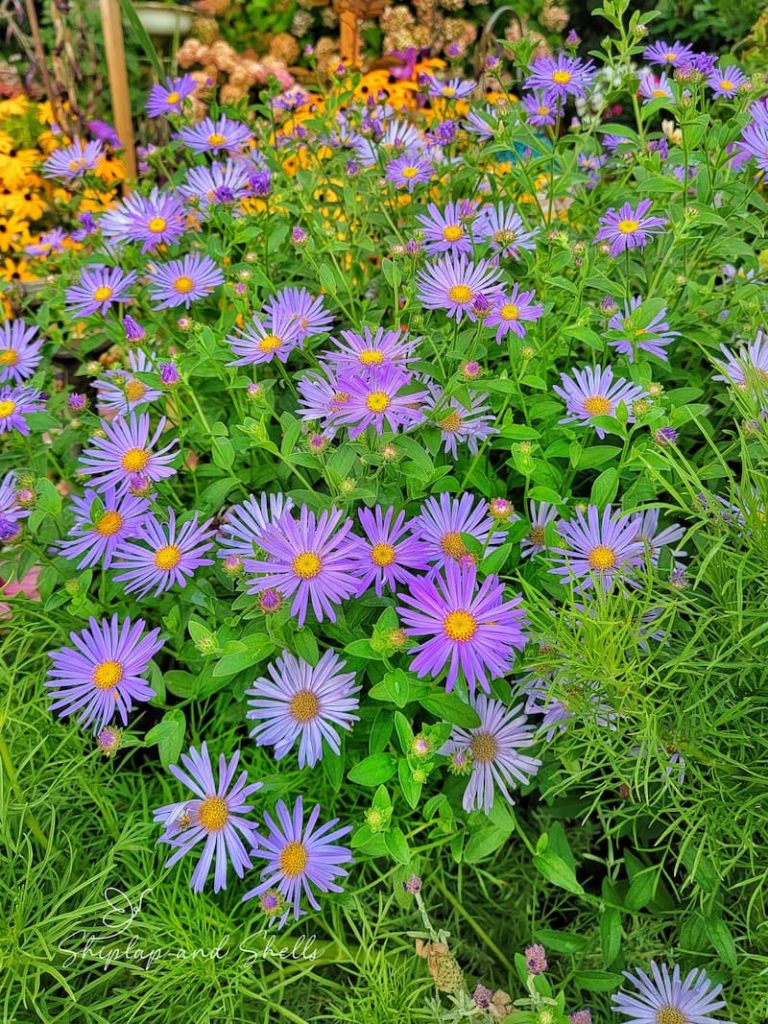
Asters are the unsung heroes of the fall garden. Blooming from late August through October, they bring cheerful star-shaped flowers in purple, pink, white, and blue.
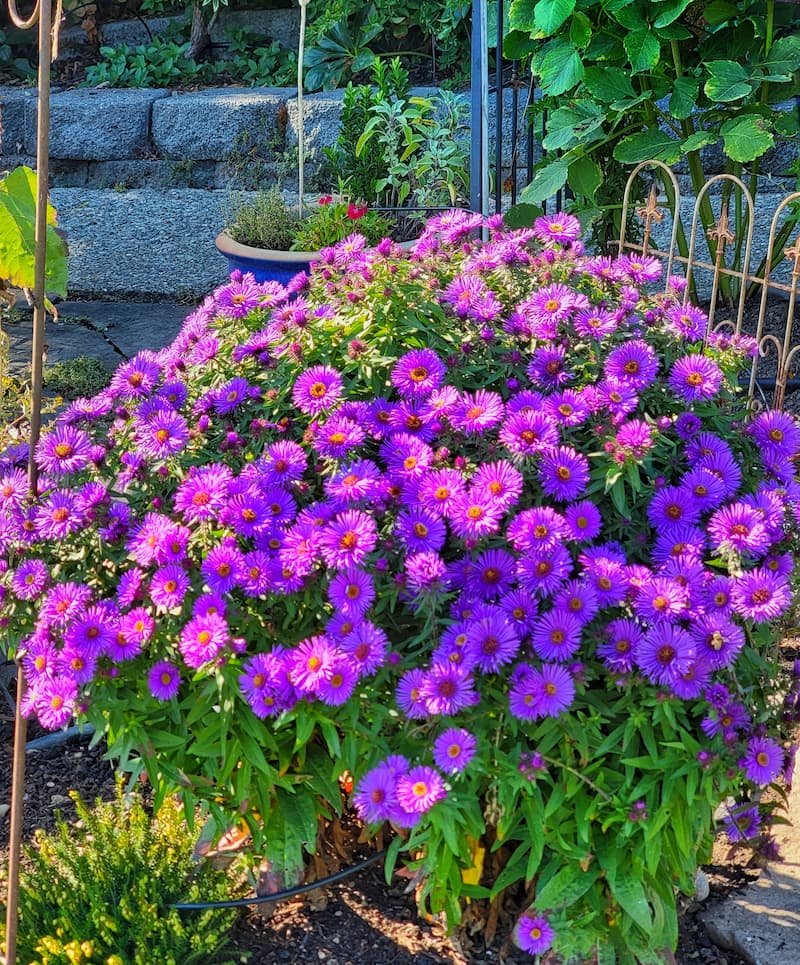
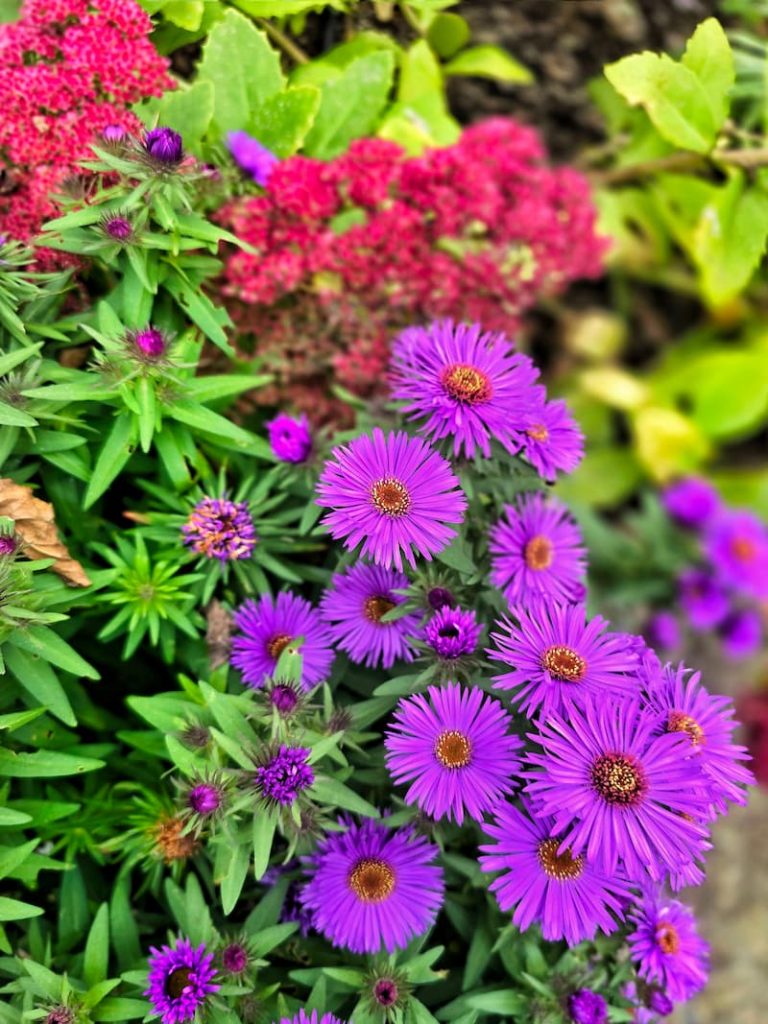
In my PNW garden, asters are always buzzing with bees and butterflies this time of year. Plant them in clusters along borders or pathways for a real color punch.
Chrysanthemums (Mums)
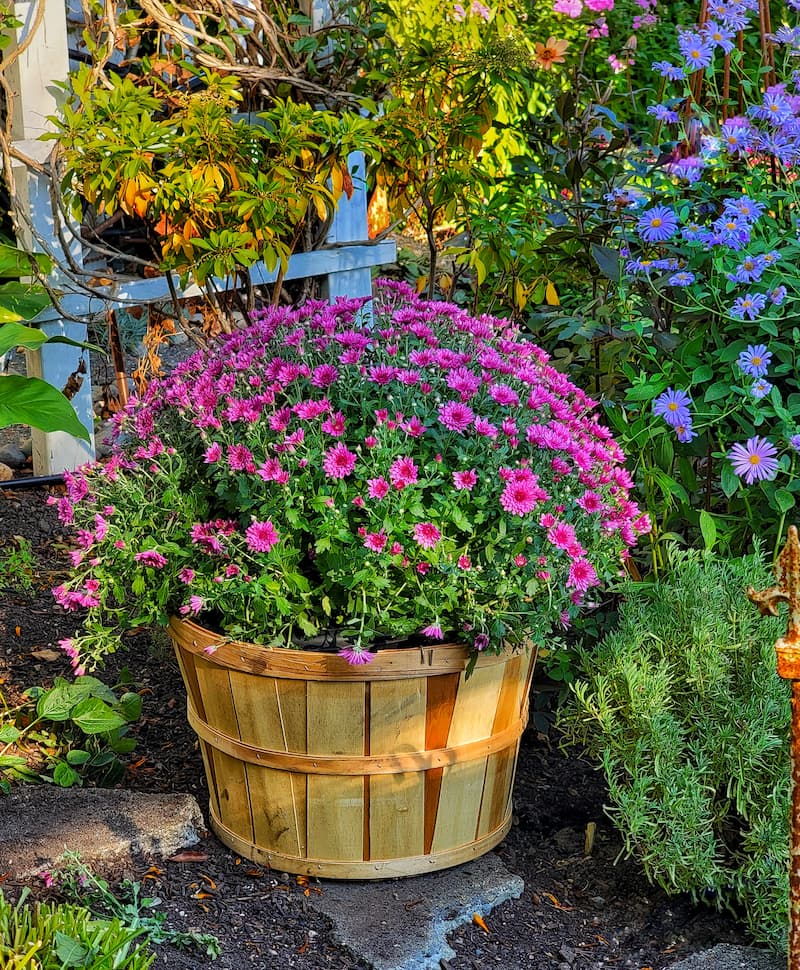
Nothing says “fall” like mums. Their dense, bushy blooms can last six weeks or more, carrying color right up until frost.
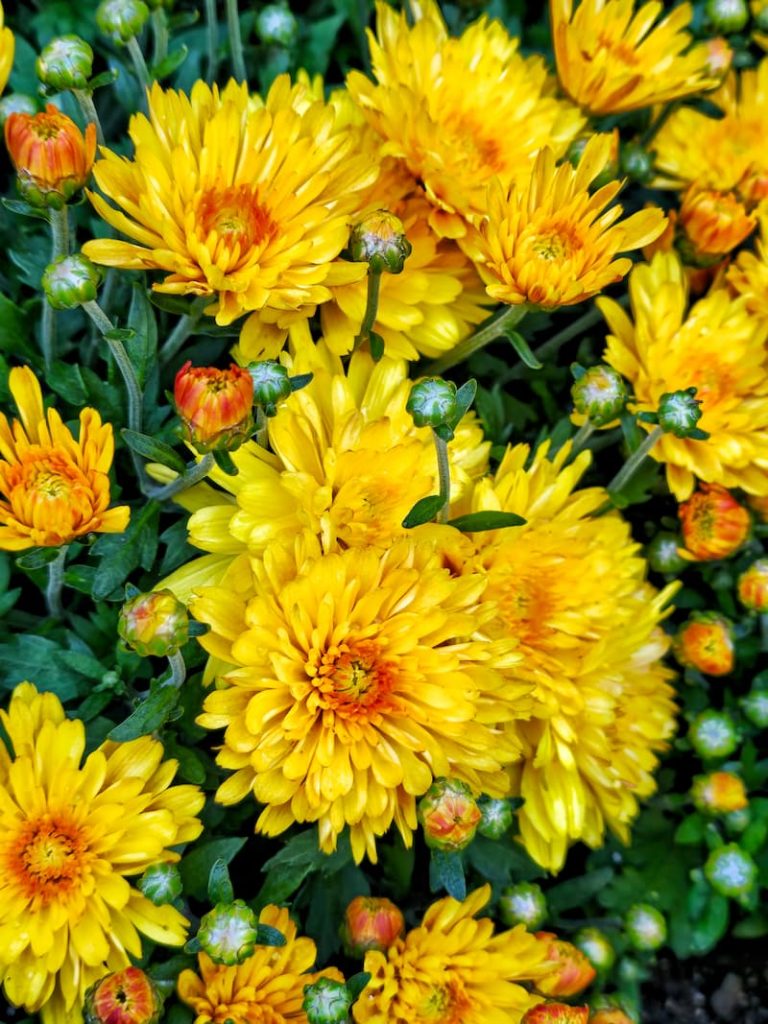

I always pinch mine back in early summer to encourage bushier growth and more blooms. They’re perfect in porch pots with pumpkins or mass-planted in beds for a fall showstopper. Even a single mum on the porch instantly says, “Welcome to fall.”
Sedum Autumn Joy

If you want a plant that thrives on neglect, Sedum Autumn Joy is it. Its succulent-like leaves and clusters of star-shaped flowers transition from a soft pink to a rich, deep copper-red at the end of the growing season.

Butterflies can’t resist it, and I love snipping a few stems for arrangements because they last forever. Even after blooming, the seed heads add a wonderful touch of winter interest.
Japanese Anemones
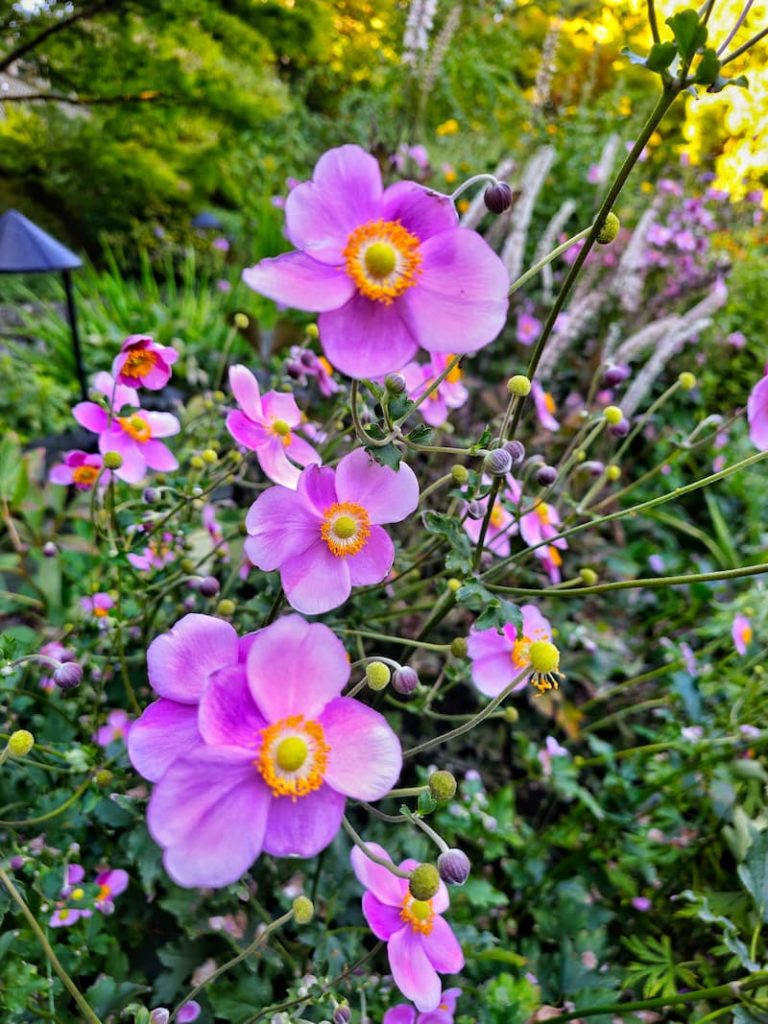
Also known as windflowers, Japanese anemones add elegance to shady spots as everything else winds down. They bloom from late summer into October with delicate white, pink, or mauve petals that dance in the breeze.
In my garden, they’re reliable bloomers in those tricky part-shade areas. They naturalize slowly over time, forming dreamy drifts that make the whole space feel softer and more romantic.
Black-Eyed Susans (Rudbeckia)
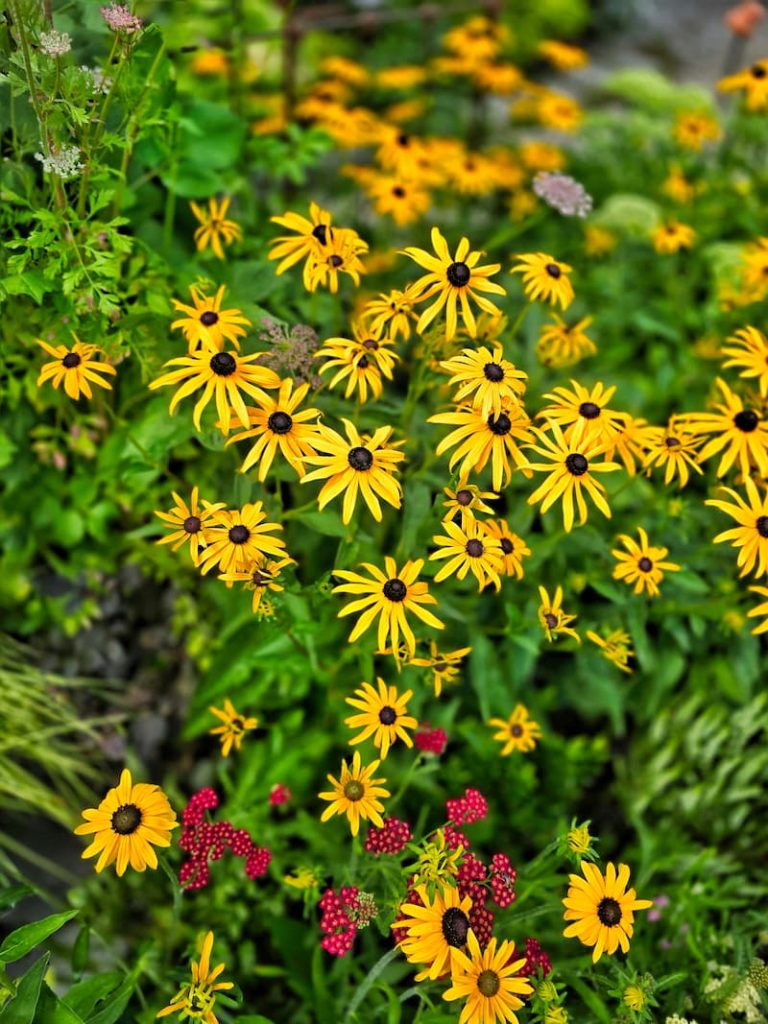
These cheerful, golden blooms with dark centers are fall garden workhorses. Black-eyed Susans flower from mid-summer into early fall, often blooming for weeks.
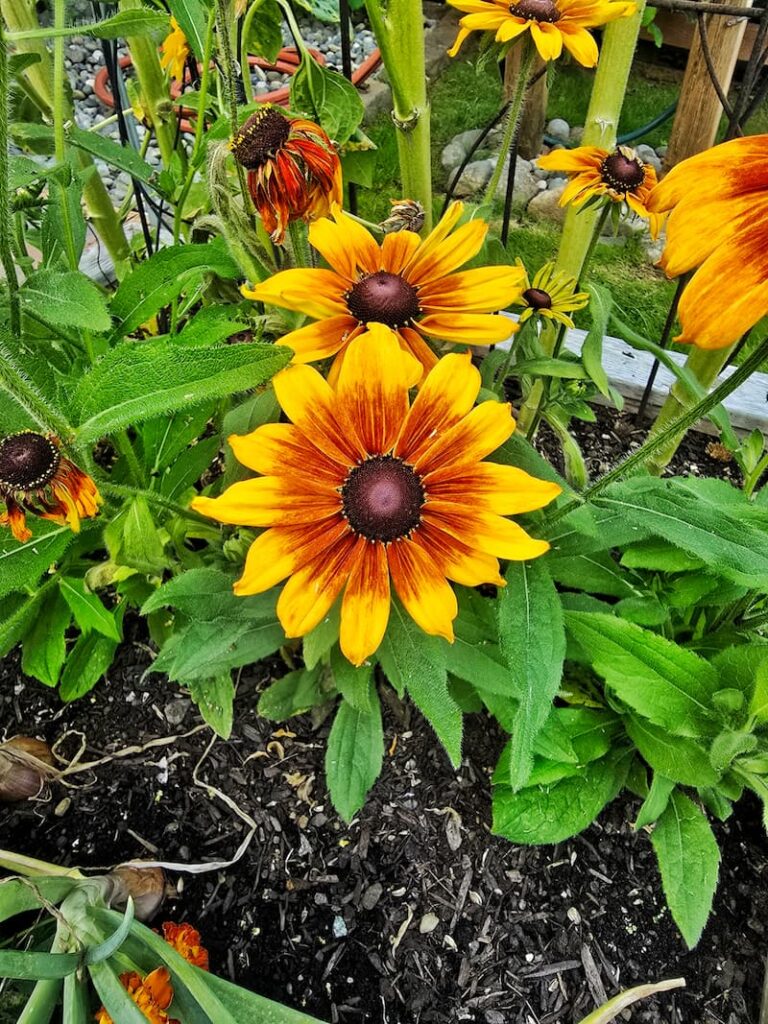
Pollinators love them, and they’re so tough they’ll bloom where fussier flowers won’t. I let a few go to seed each year because the goldfinches enjoy them almost as much as I do.
Tickseed (Coreopsis)
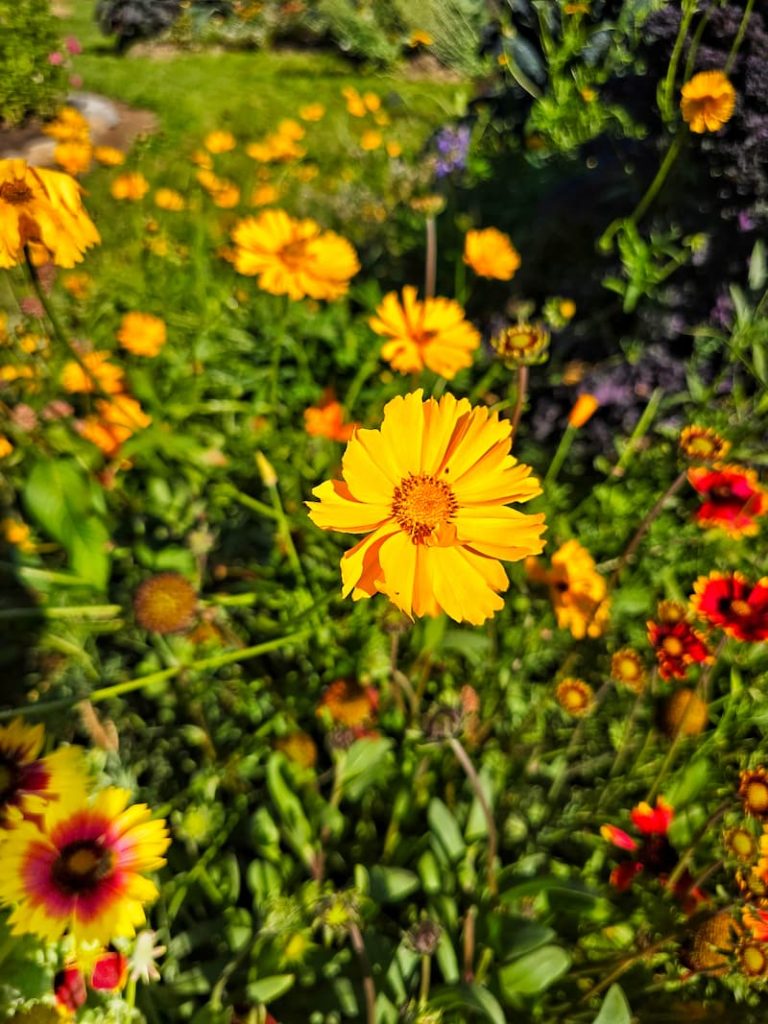
Tickseed is the little ray of sunshine that doesn’t know when to quit. It blooms from early summer well into fall, keeping borders bright and cheerful.
Most varieties are golden yellow, though some have pink or red tones. It’s a pollinator favorite, and the fine, airy foliage adds a soft texture to the garden. In my beds, it pairs beautifully with purple asters for a true fall color pop.
Hydrangeas
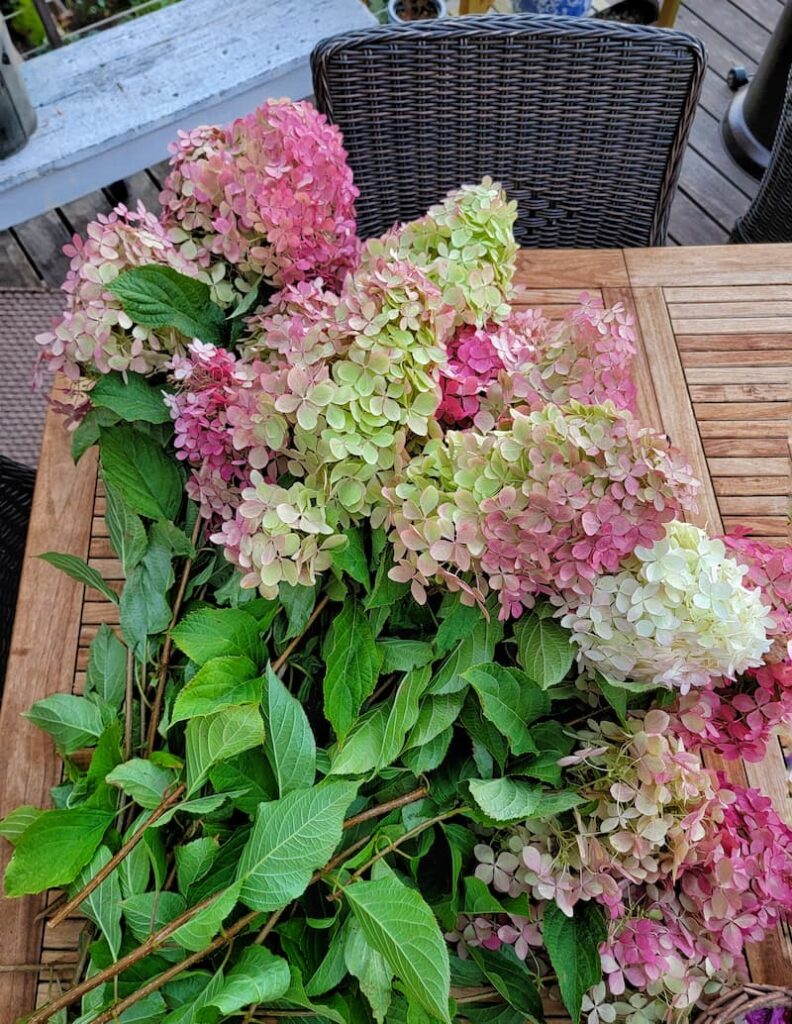
Hydrangeas may be summer stars, but many varieties (especially panicles like Hydrangea paniculata) keep blooming well into fall. As temperatures drop, blooms often shift into dusky pinks, purples, or even deep burgundy.
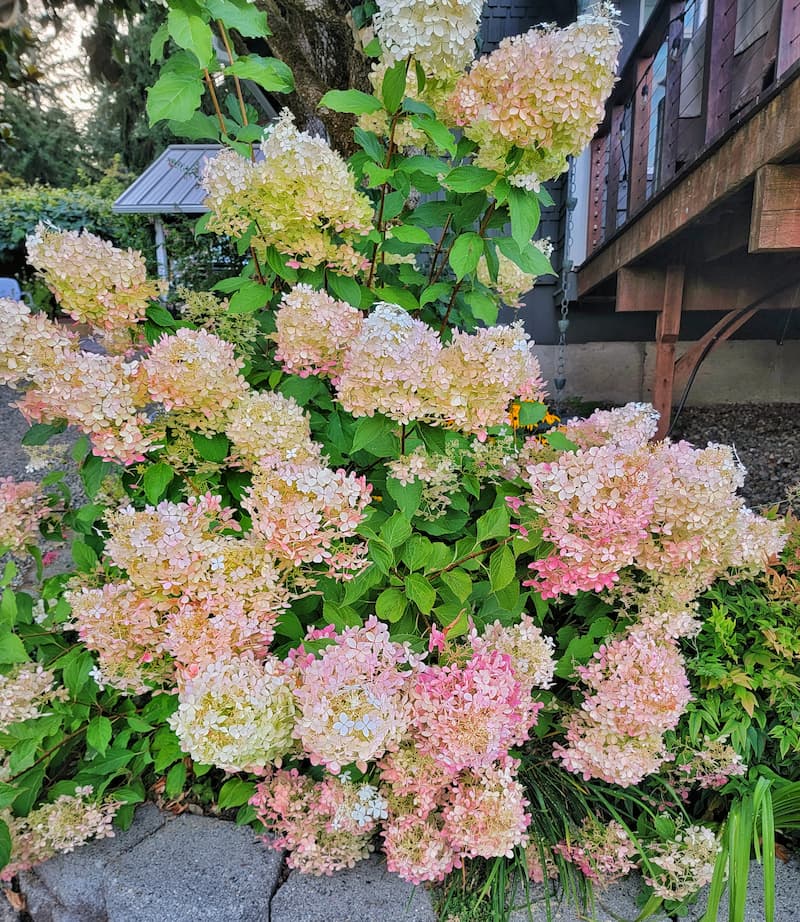
I love cutting hydrangea blooms for arrangements this time of year—their muted fall tones look gorgeous indoors. And when left on the shrub, they dry beautifully right on the plant.
Dahlias
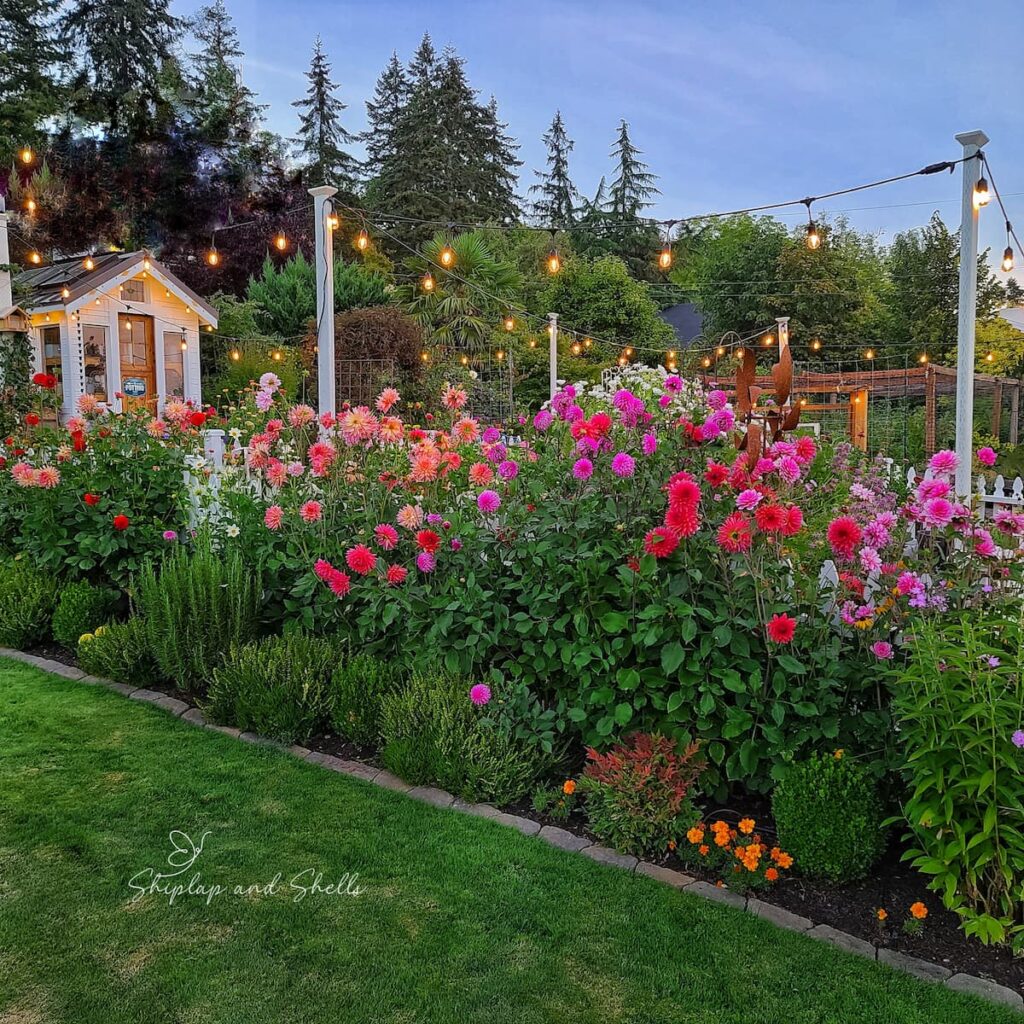
Dahlias are the showstoppers of the late summer and fall garden. Their blooms range from petite pom-poms to dinner-plate giants, and the colors? Everything from pastels to bold jewel tones.
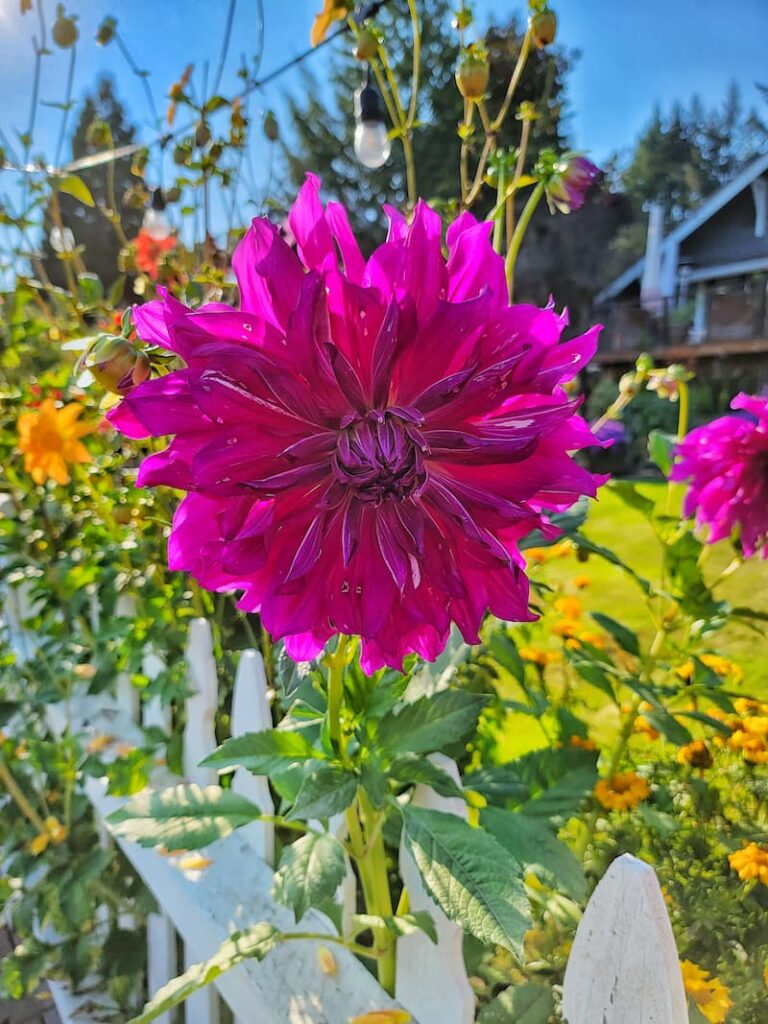
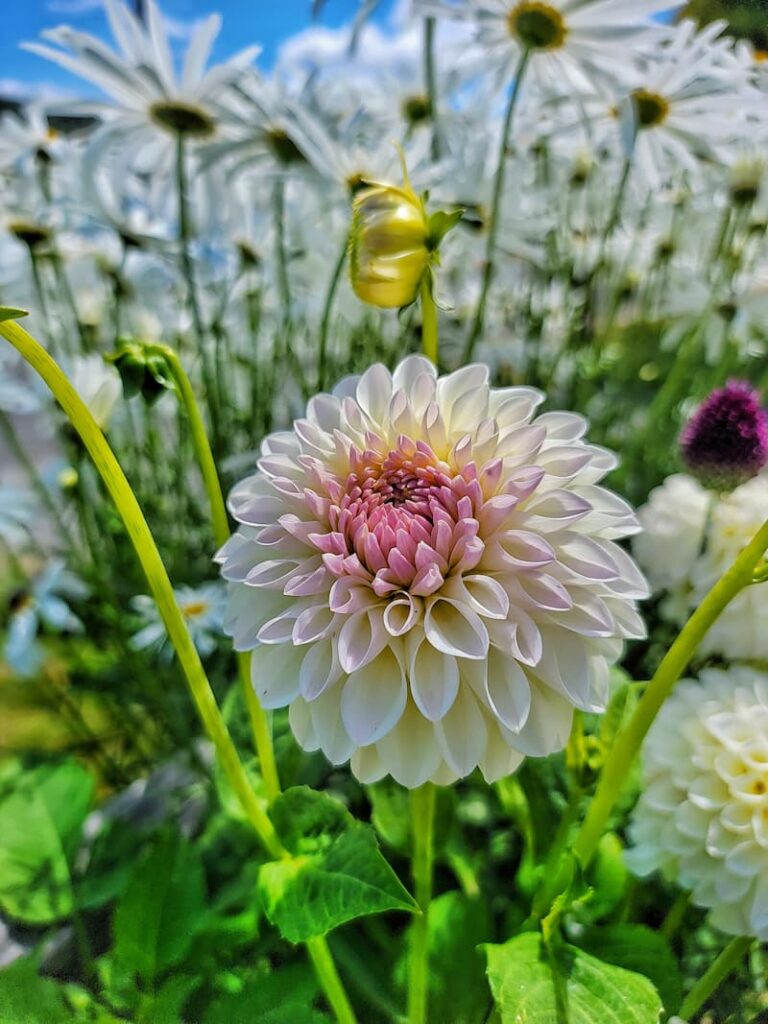
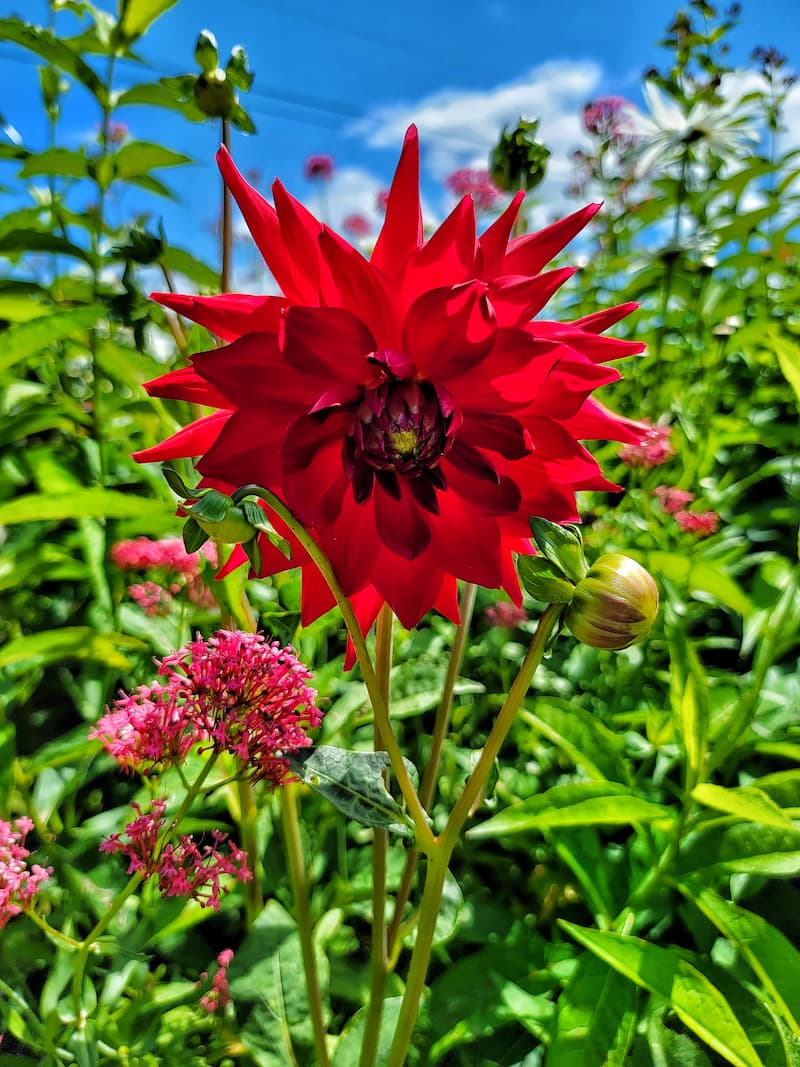
I can’t get enough of them in my bouquets—those structured blooms are florist-quality right from the garden. The only downside? Heavy autumn rains can ruin open flowers, so I often cut them ahead of storms to enjoy them inside.
Best Fall Blooming Annuals
Zinnias
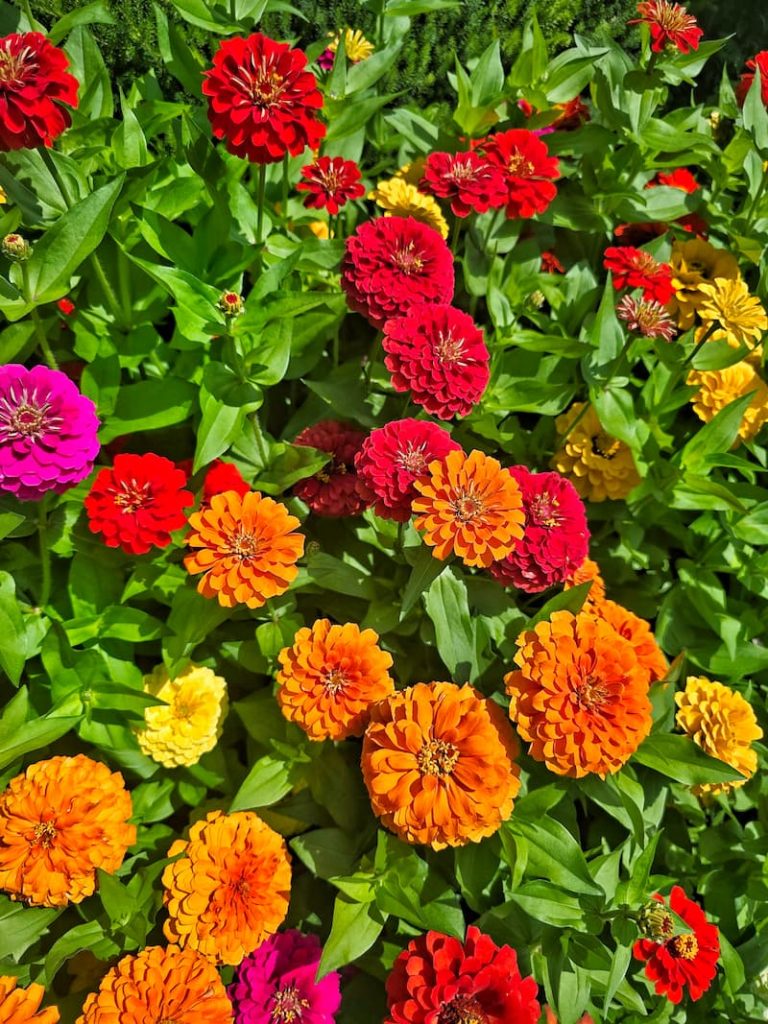
If there’s one flower that makes me smile every time, it’s a zinnia. They come in almost every color imaginable—pink, red, yellow, orange, purple, even bi-color—and bloom nonstop until the first frost.
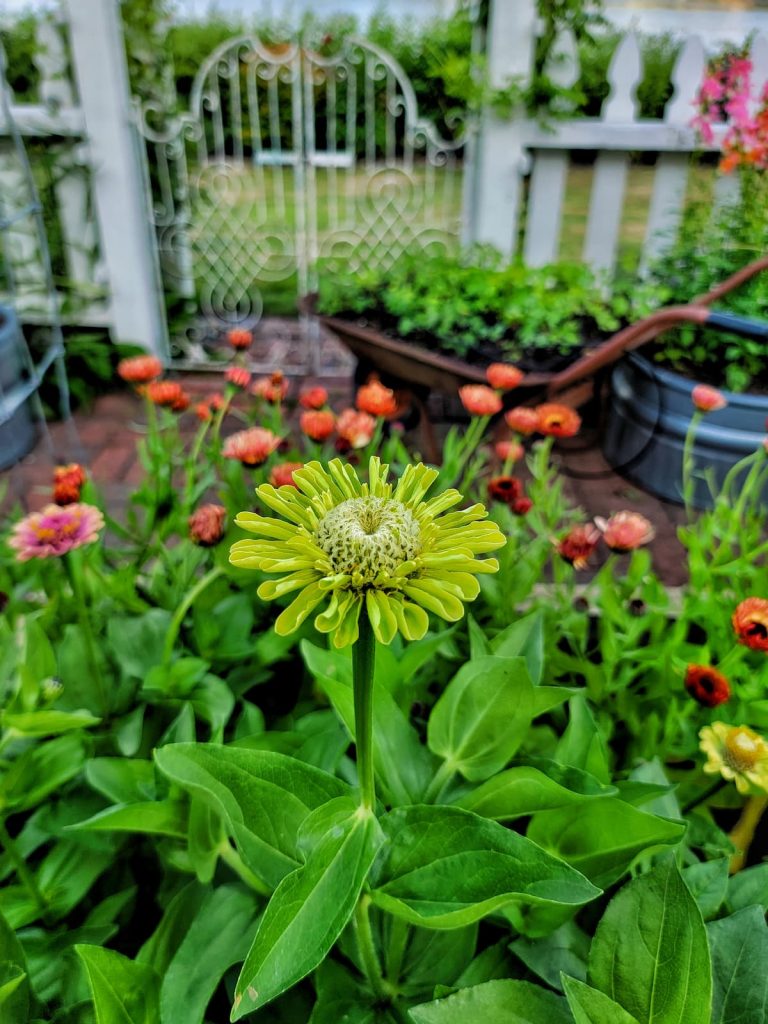
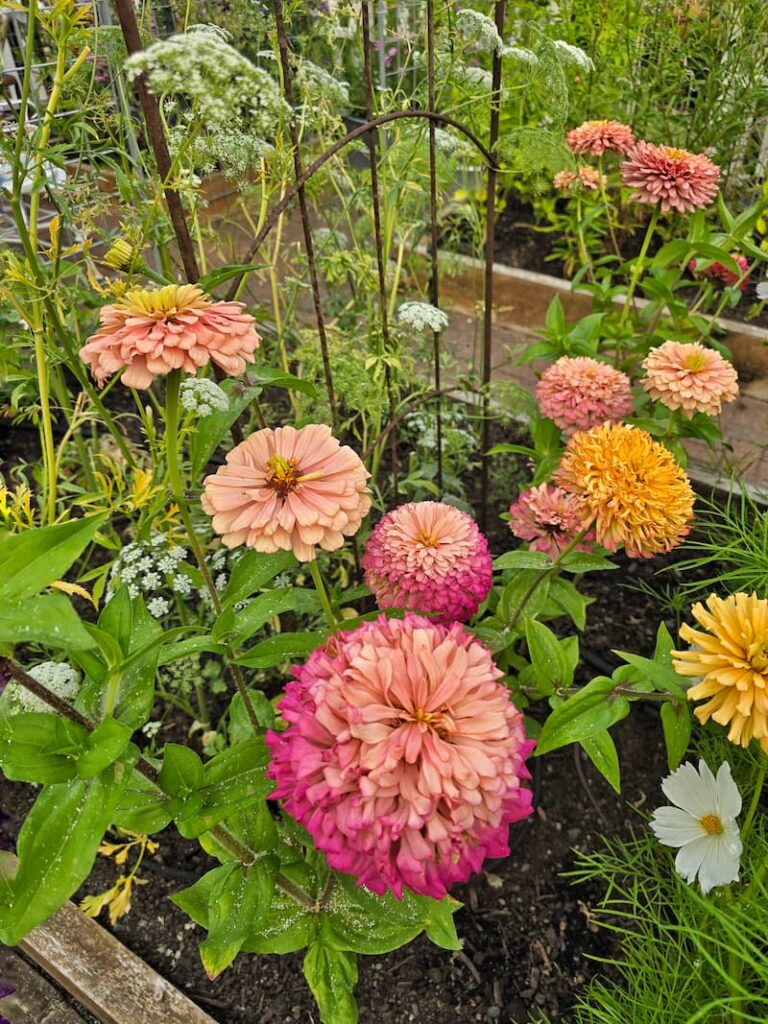
They’re my go-to for cut flowers because they last forever in a vase. By late summer, mine sometimes show powdery mildew on the leaves, but the flowers keep going strong. My best advice? Keep cutting, and they’ll keep blooming.
Strawflowers
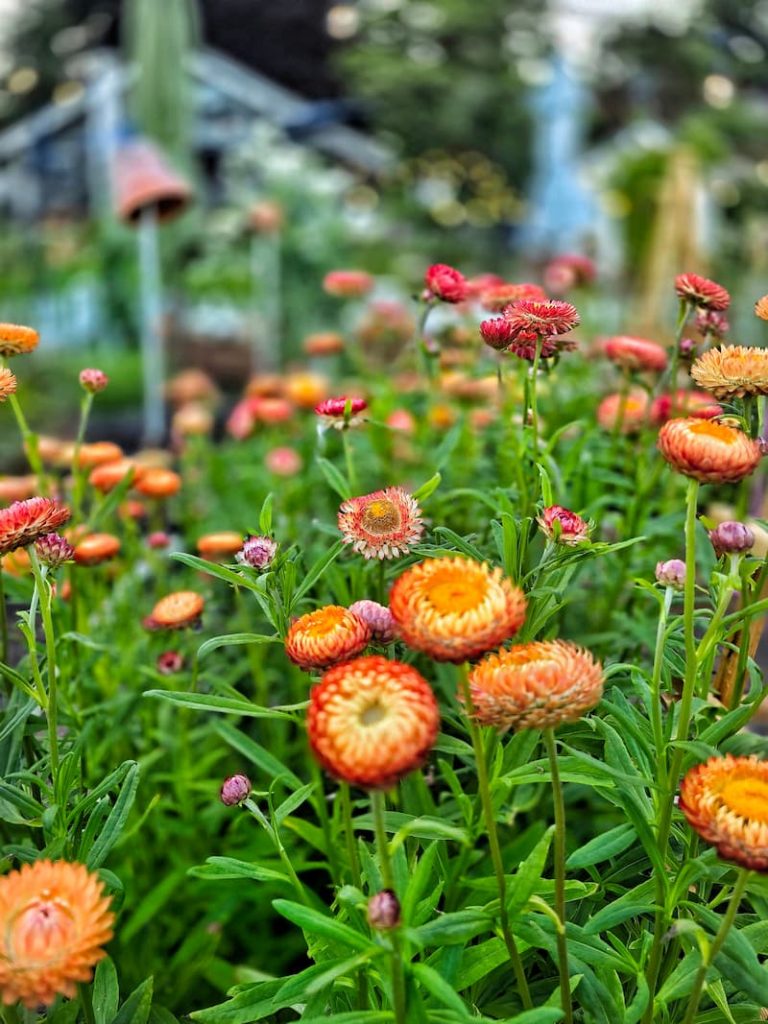
Strawflowers are fall’s secret weapon. Their papery petals almost feel fake, and the best part is—they hold their color beautifully when dried.
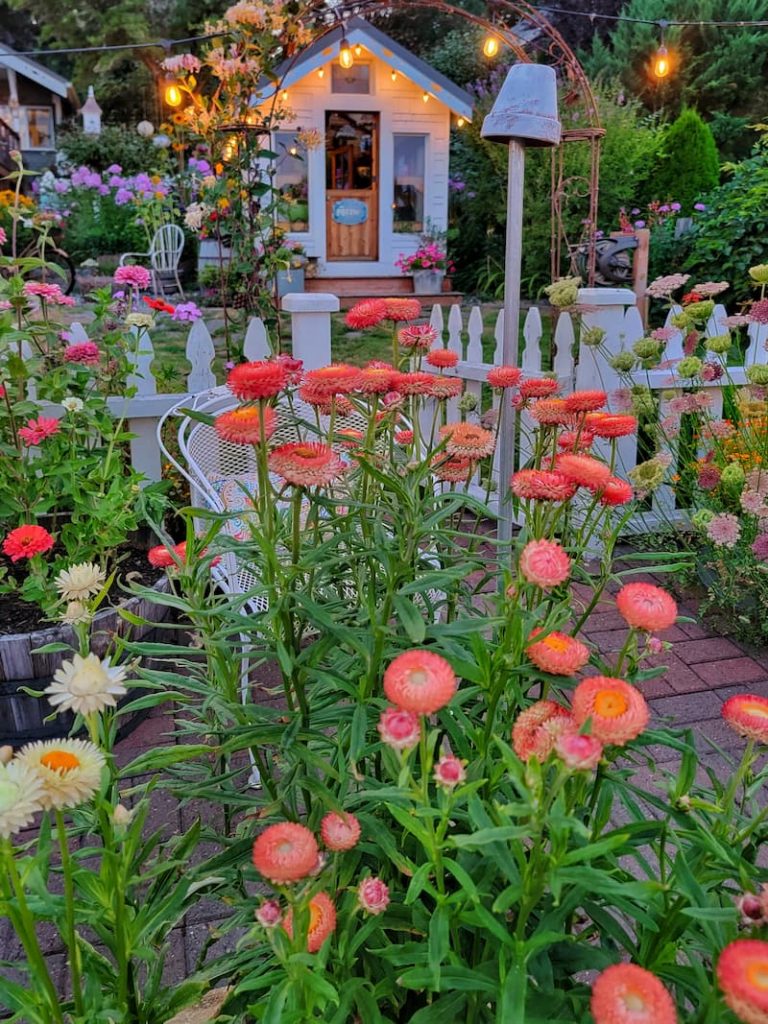
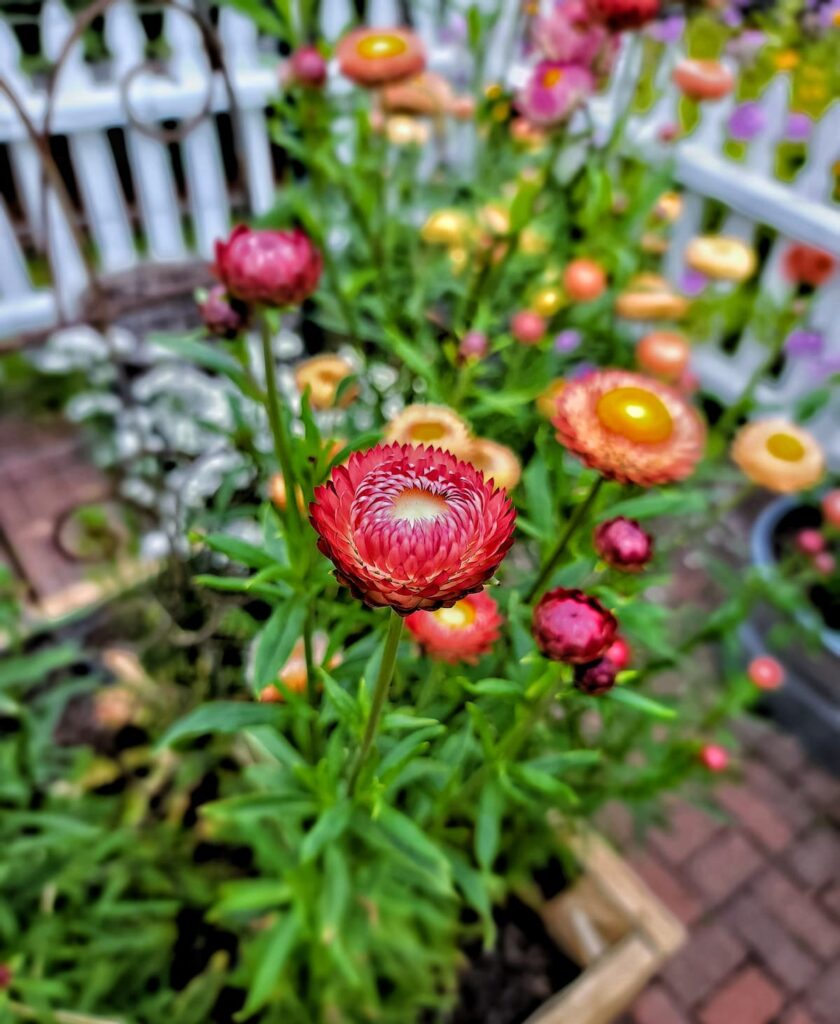
I grow them for both fresh and dried arrangements. They’re stunning in bouquets and wreaths, and they keep their color long after the season ends. In my fall garden, strawflowers are the gift that keeps on giving.
Cosmos
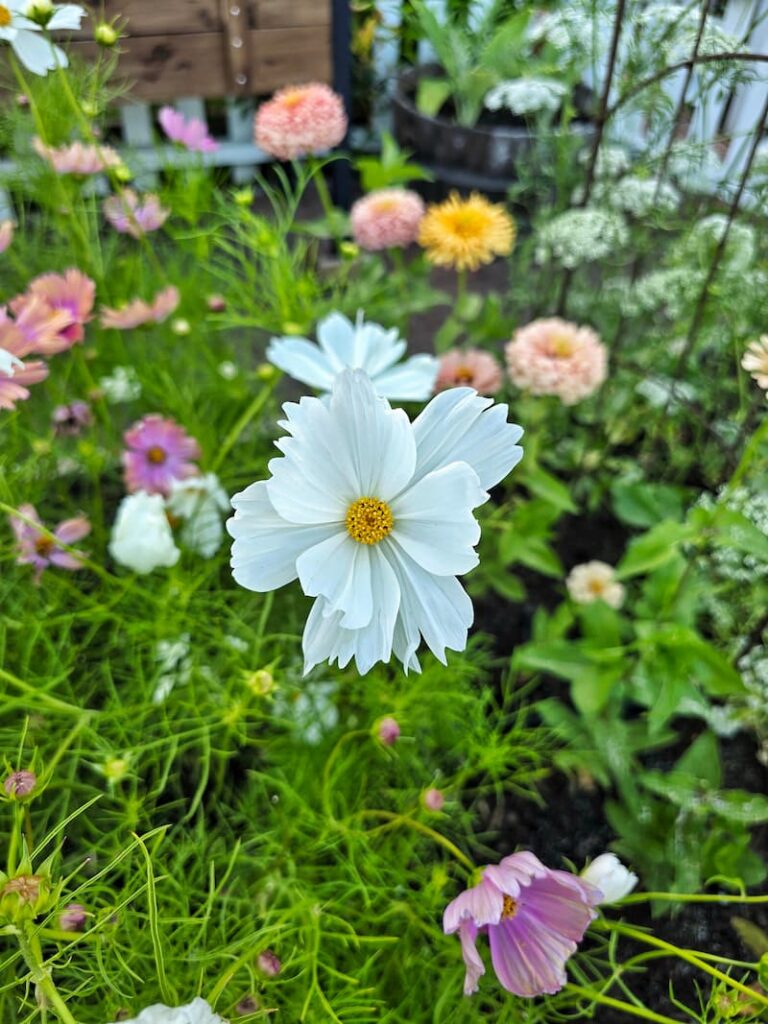
Cosmos bring a touch of whimsy to the fall garden. Their daisy-like flowers sway on tall, feathery stems and look like they’re dancing in the breeze.
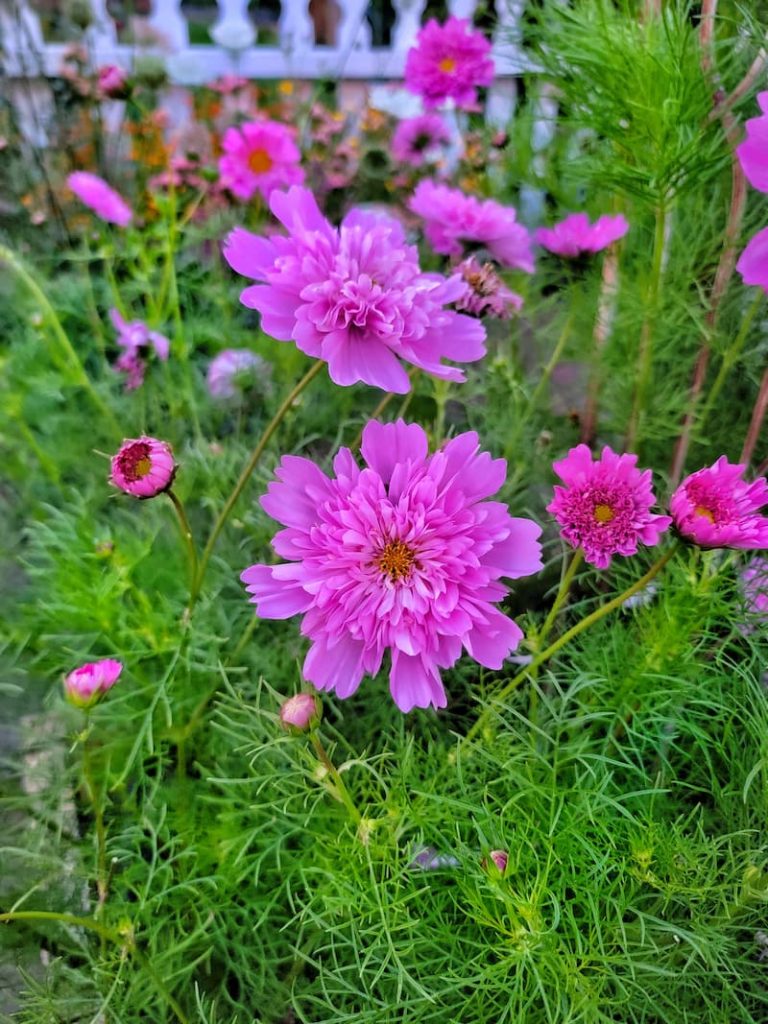
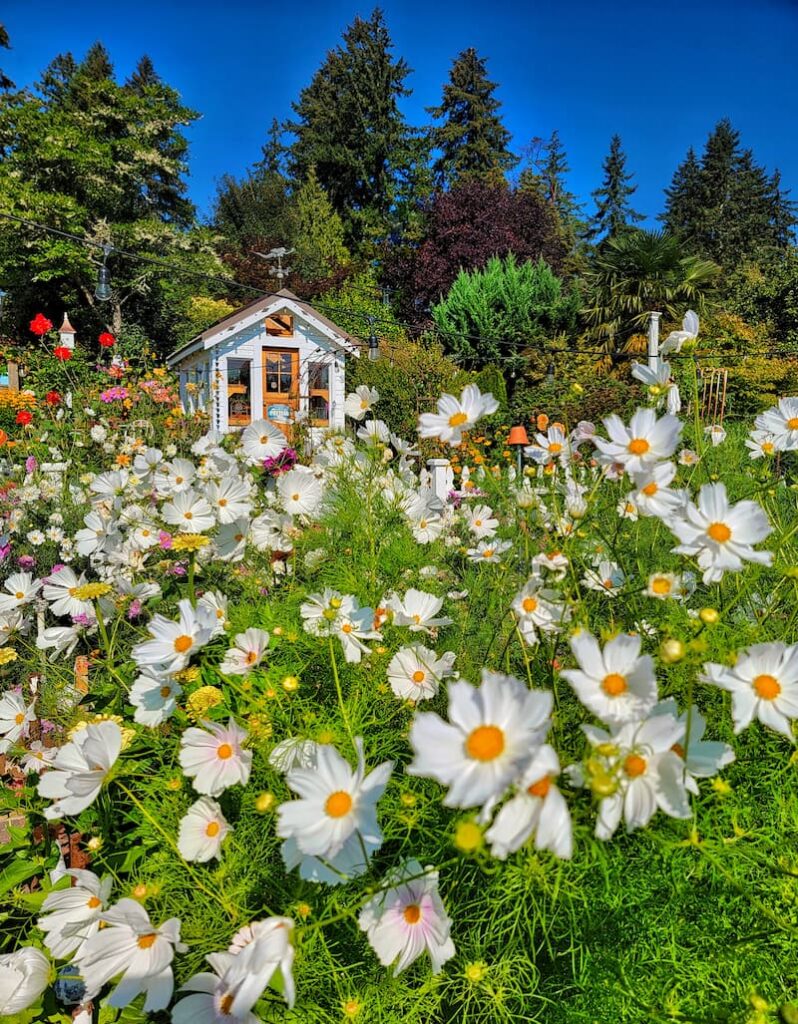
Cosmos reseed easily, so I often find them popping up where I didn’t plant them (a happy surprise!). Their airy texture is the perfect contrast to bold dahlias in fall bouquets.
Sunflowers
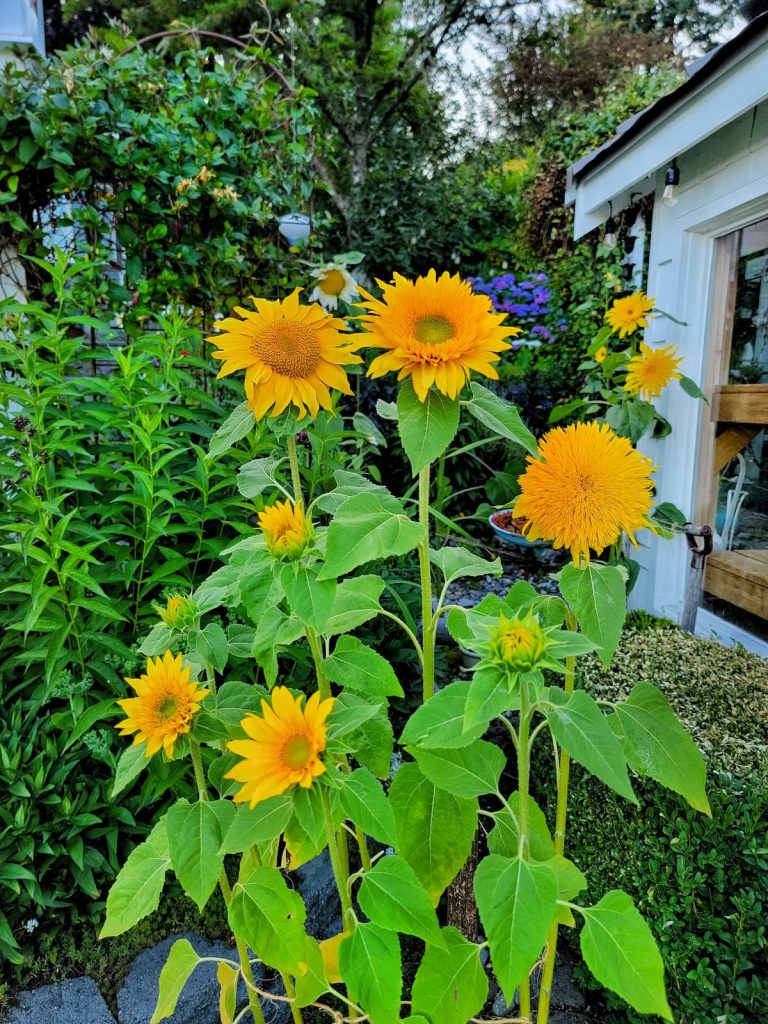
Sunflowers aren’t just for summer—they’re stunning in fall, too. While the classic golden yellow is always a favorite, I love the deep red, bronze, and bi-color varieties for autumn arrangements.
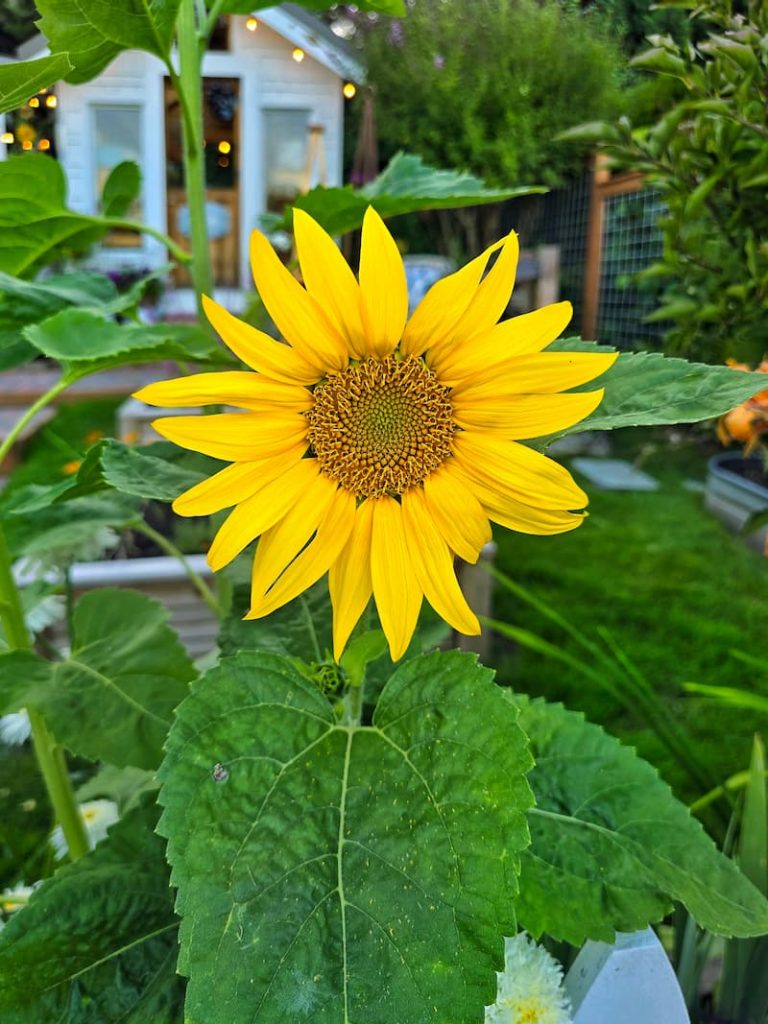
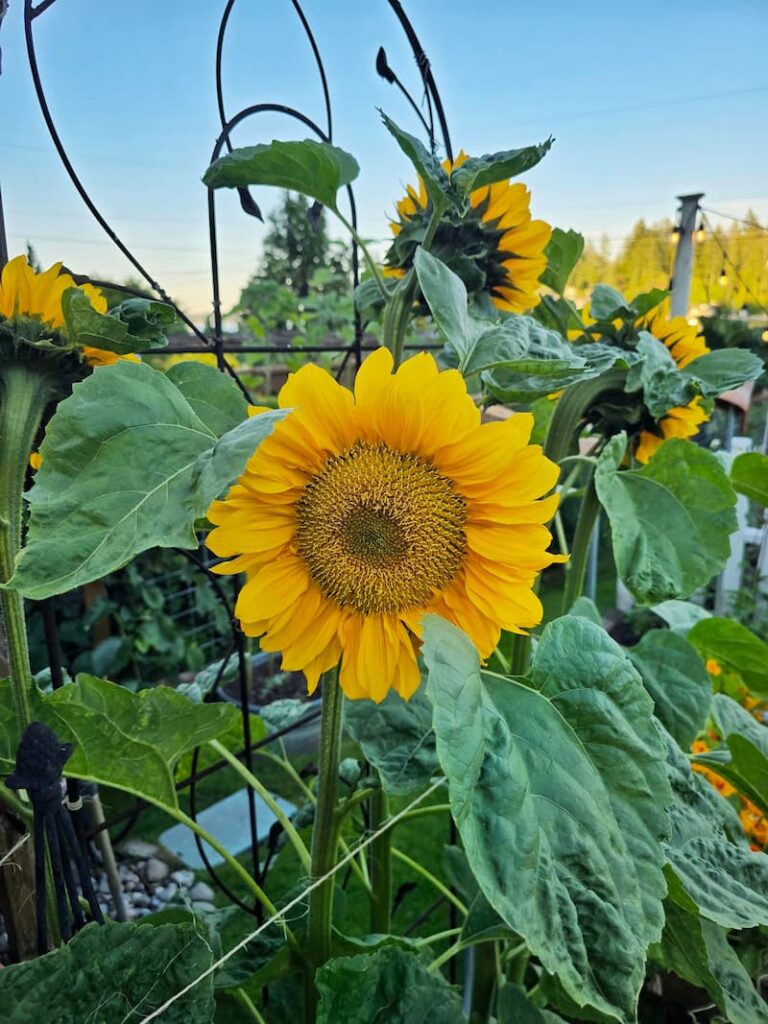
Sunflowers are pollinator magnets, and once the blooms fade, the seed heads attract birds. In my garden, they’re like a bridge between summer cheer and autumn warmth.
Celosia
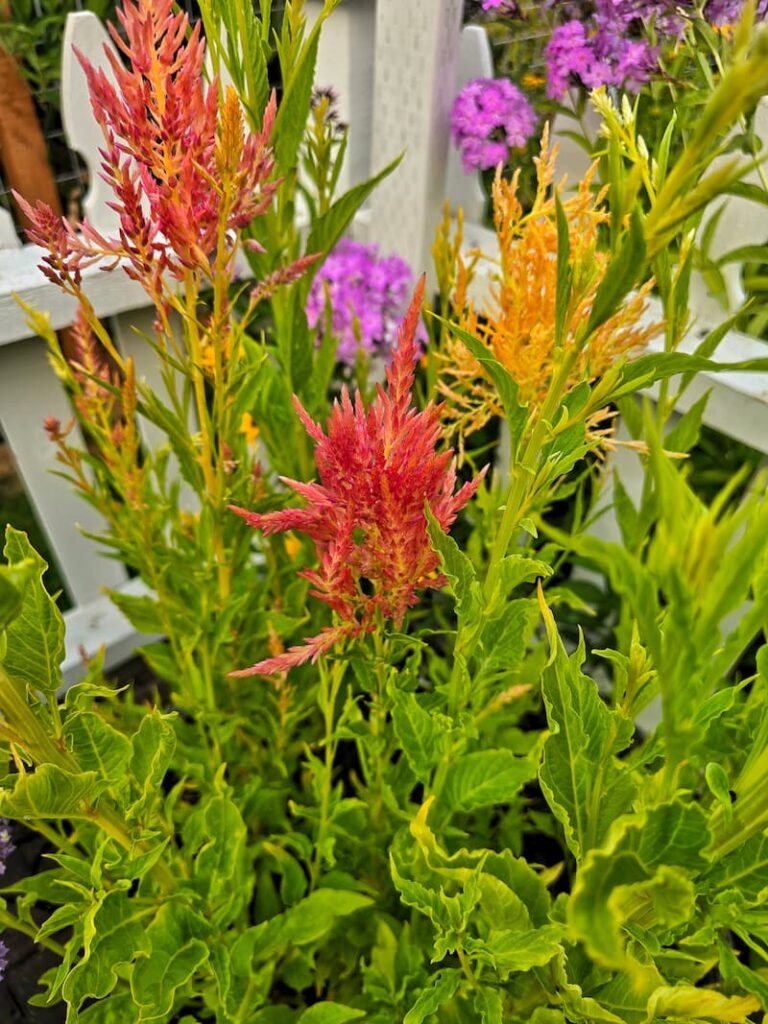
Celosia is bold, fun, and just a little wild. Its blooms look like flames or brain-like tufts, and the colors are electric—reds, oranges, yellows, and purples.
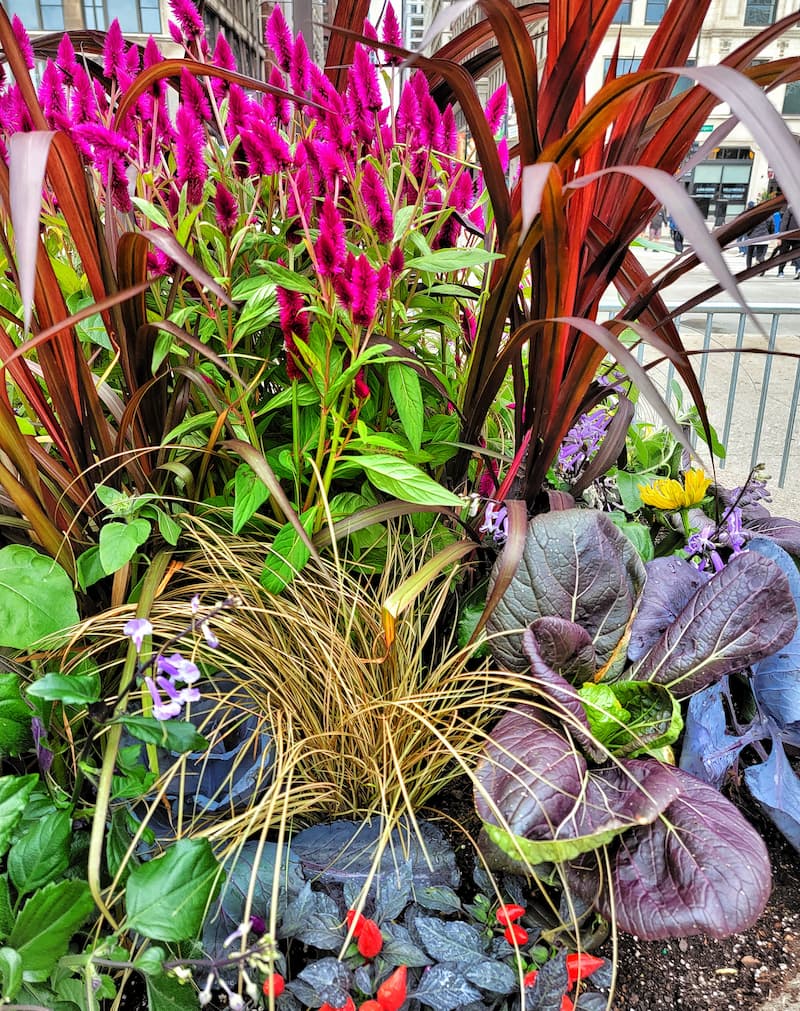
I love adding celosia to containers. It instantly makes a display look lush and textured. Plus, the flowers are long-lasting and can even be dried for later.
Pansies and Violas
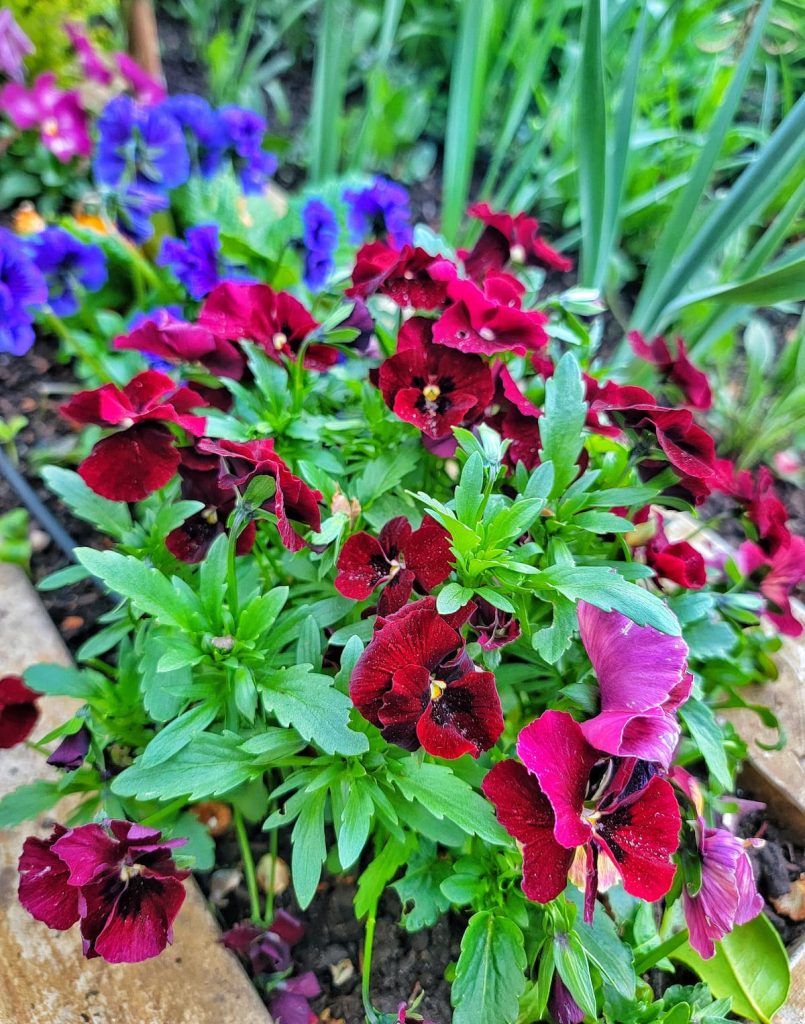
Sweet and cheerful, pansies and violas thrive in cooler temps, making them perfect for fall and even early spring. Their “faces” in purple, yellow, blue, and white add a soft touch to containers and window boxes.

I plant them in window boxes with pumpkins tucked around for that instant cozy vibe. They may be small, but they hold up beautifully in chilly weather, even after a light frost.
Marigolds
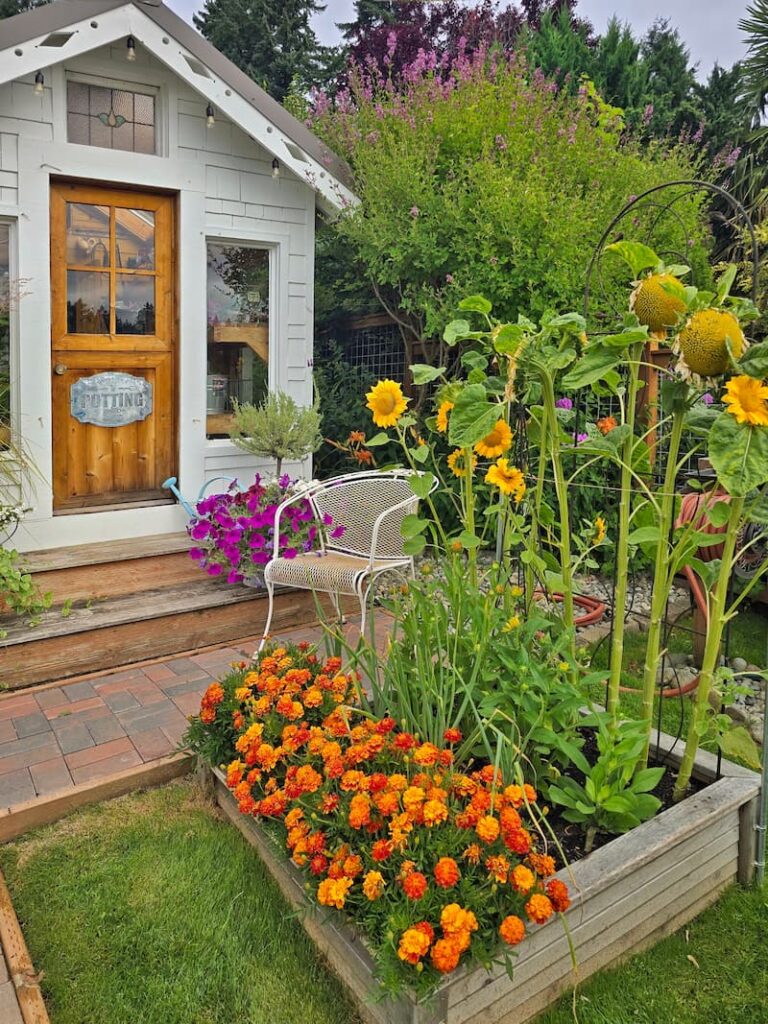
Marigolds are little bursts of sunshine that don’t quit until frost. Their bright yellows, oranges, and reds light up beds and planters when everything else is fading.
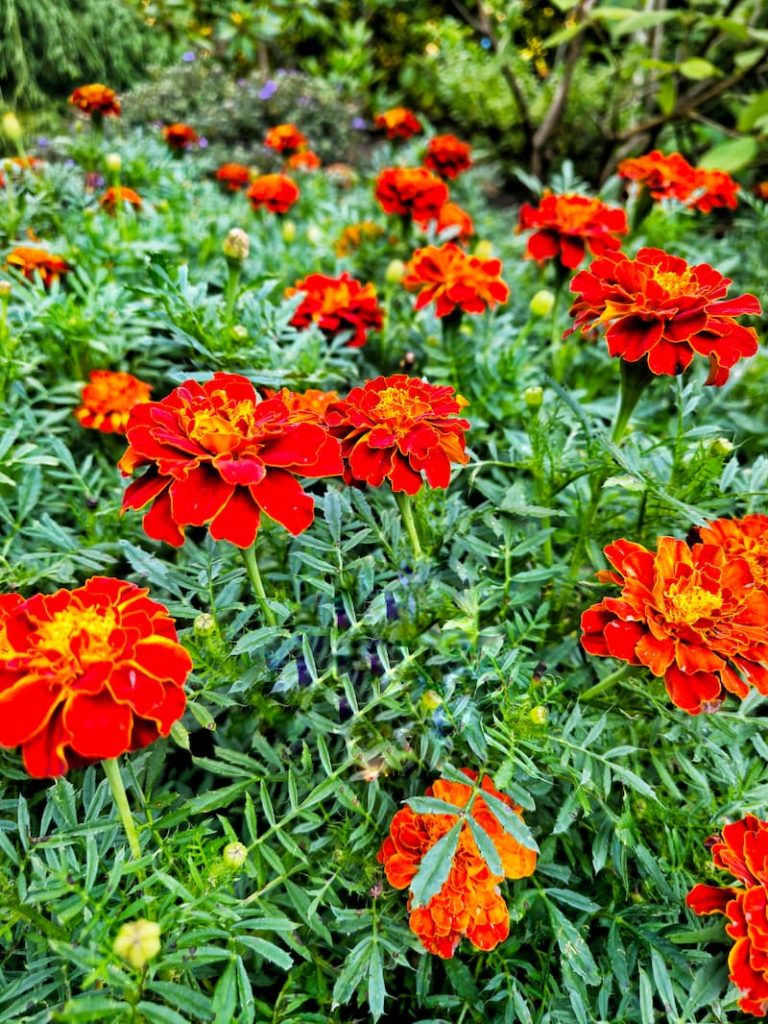
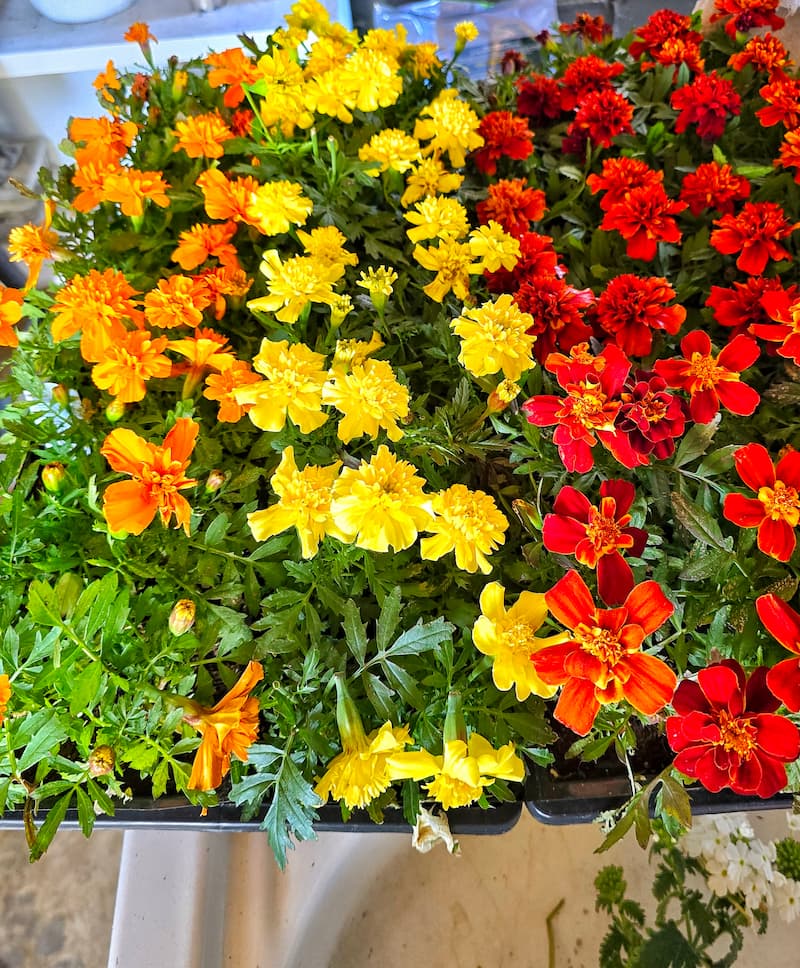
They’re also garden multitaskers. Their scent helps repel pests, making them perfect companions for veggies. I love mixing marigolds into fall containers with ornamental kale for that fiery pop of color.
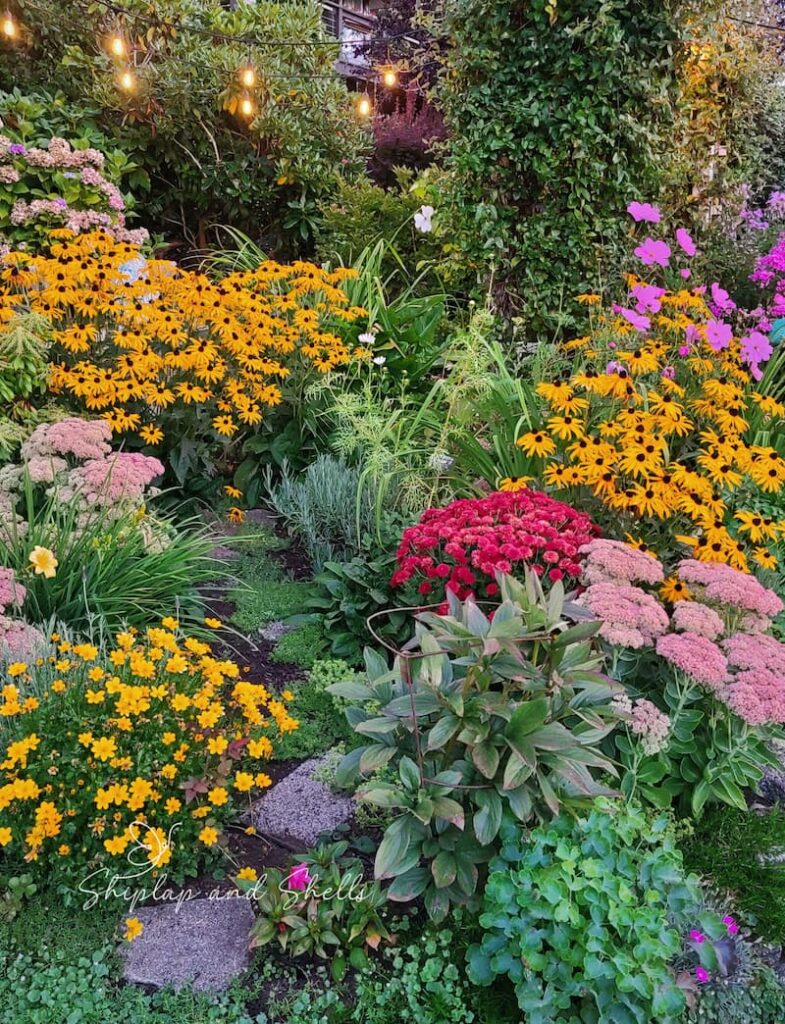
Fall Blooming Plants for Cut Flowers
If you love bringing flowers inside as much as I do, fall doesn’t have to mean the end of fresh bouquets. In fact, some of the best cut flowers of the season shine in September and October. Here are my go-to fall cut flowers and a few tips for making the most of them indoors.
Dahlias
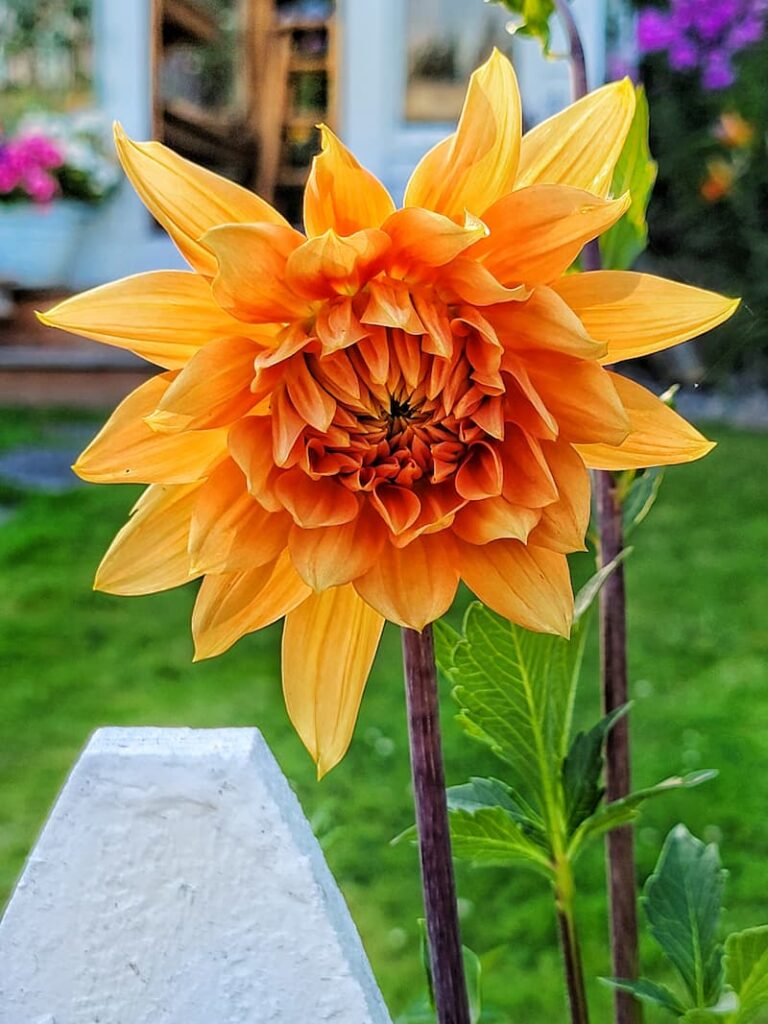
Dahlias are the crown jewels of fall bouquets. With their endless variety, from petite pom-poms to massive dinner plates, they bring structure, color, and drama to arrangements.
I love mixing dahlias with cosmos and zinnias for a casual cottage bouquet, but a vase full of dahlias alone is always a showstopper.
Zinnias
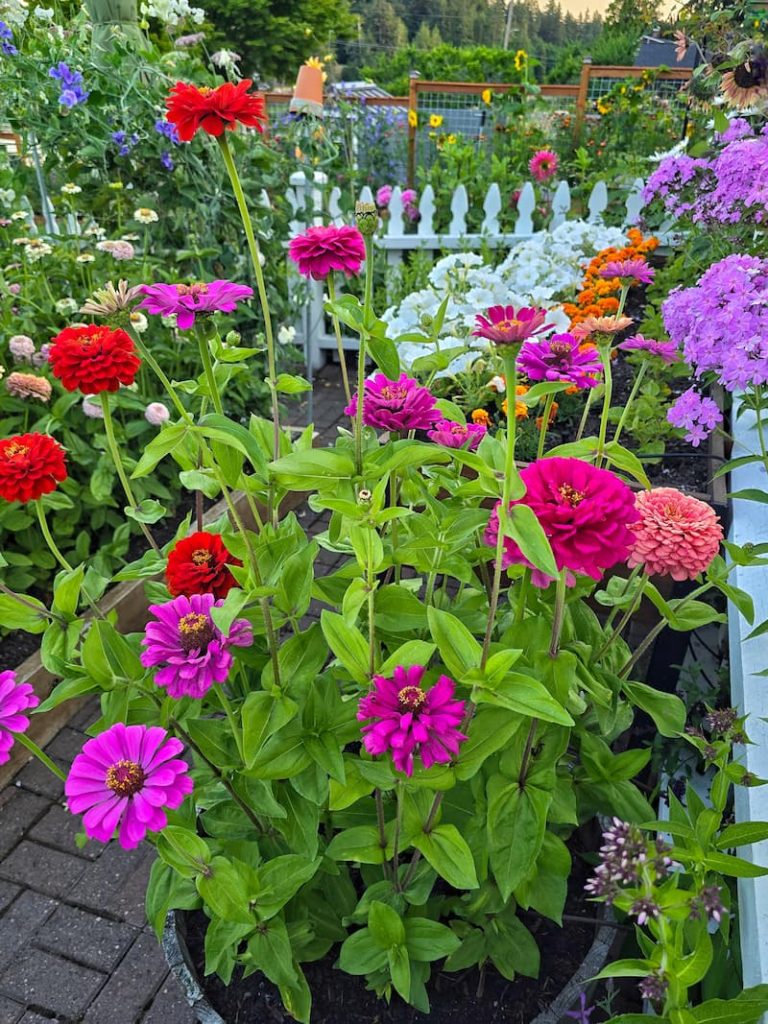
Zinnias are cut flower workhorses. They bloom until frost and come in bold, saturated colors that brighten any fall bouquet.
In my house, a handful of zinnias on the kitchen counter always makes the room feel cheerful, even as the days get shorter.
Cosmos

Cosmos bring a touch of whimsy indoors with their airy, daisy-like blooms. Their delicate stems add movement and lightness to arrangements.
I often mix cosmos with dahlias—the contrast of structured and feathery makes a bouquet feel more playful.
Sunflowers
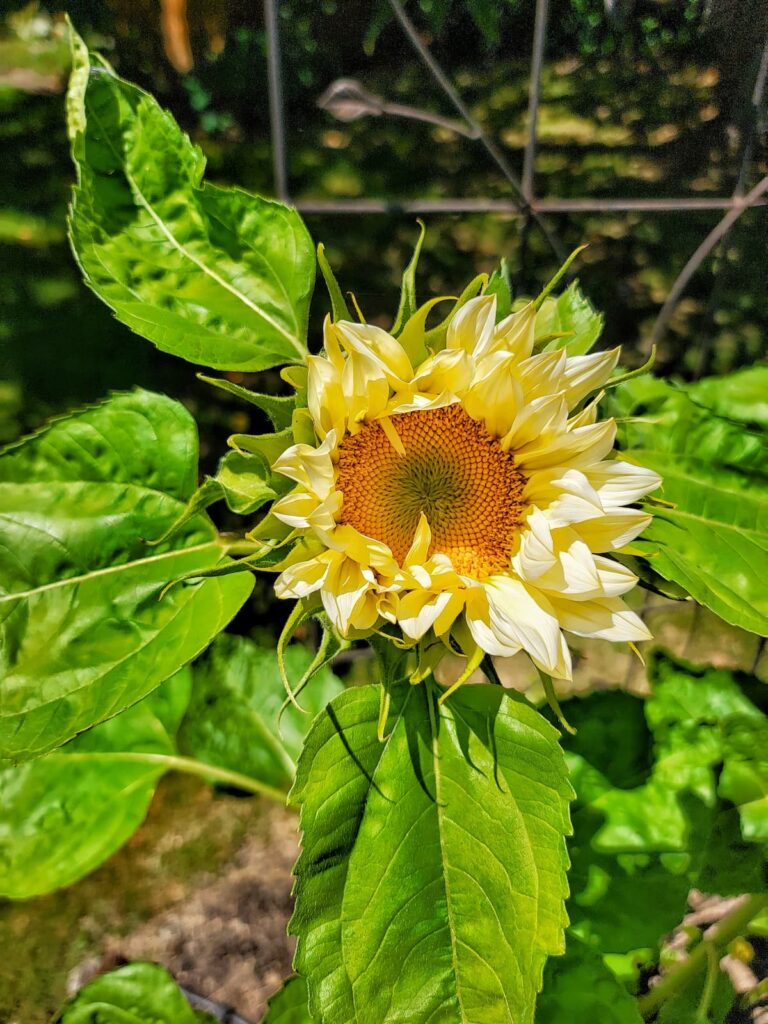
Sunflowers are the ultimate mood-boosters, and fall varieties in red, bronze, and bi-color tones are perfect for autumn arrangements.
A single sunflower stem in a tall vase makes a statement, but they’re also wonderful clustered in pitchers for a farmhouse feel.
Strawflowers
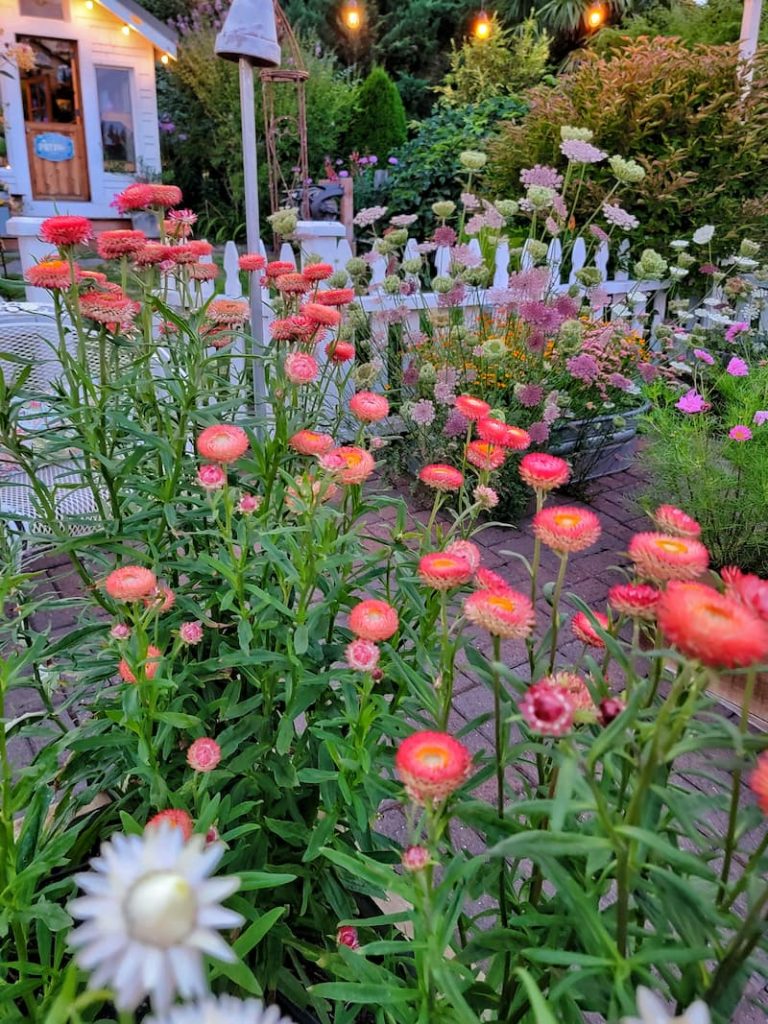
Strawflowers are a cut-and-come-again treasure. Fresh, they bring bright pops of orange, pink, and yellow to arrangements. Dried, they hold their shape and color beautifully for months.
I always dry a few strawflowers at the end of the season—they make the prettiest wreaths and are so fun to craft with once the garden is tucked away for winter.
Tips for Success with Fall Blooming Plants
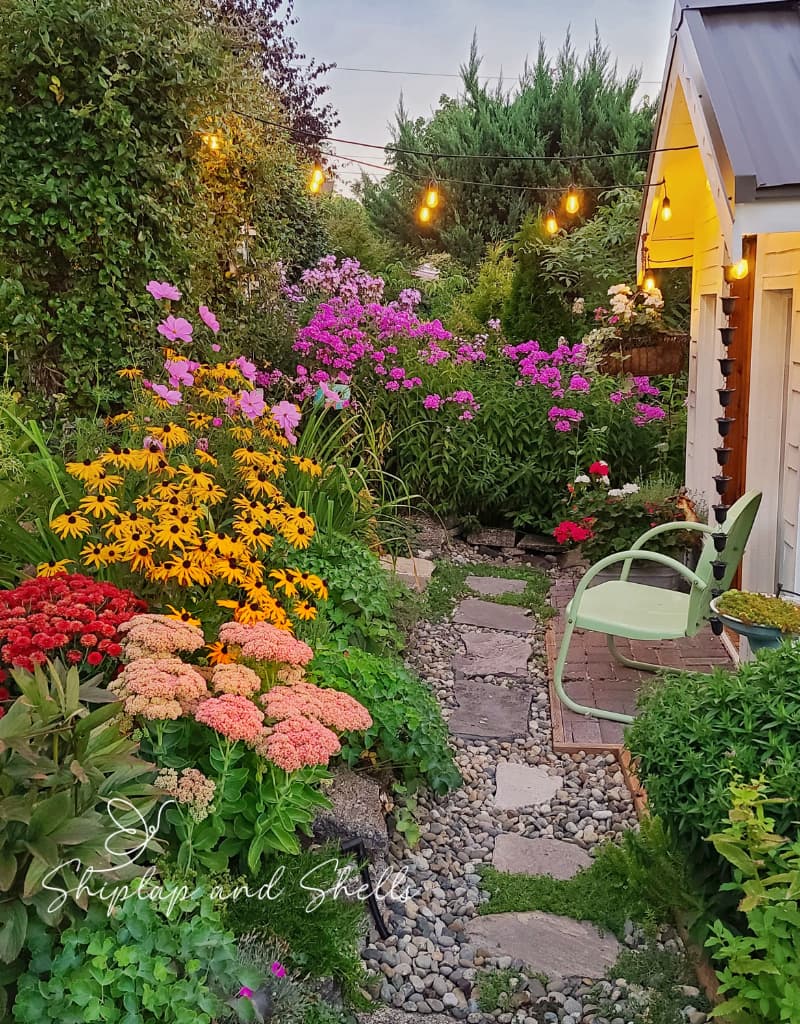
Final Thoughts for Fall Blooming Plants in Your Garden
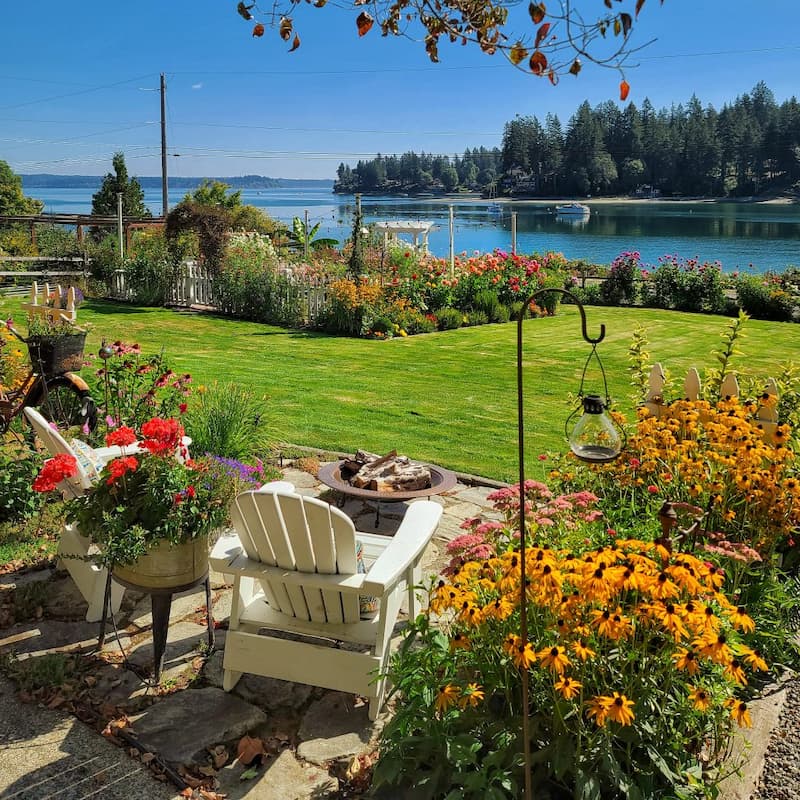
Fall blooming plants are the secret to keeping the garden alive with color, texture, and life long after summer fades. From the bold drama of dahlias to the cheerful charm of mums and the whimsical sway of cosmos, these flowers make autumn just as magical as spring and summer.
What I love most about growing fall flowers is that they do double duty: they brighten the garden for us and provide a last feast for pollinators before winter sets in. Add a few cut-flower favorites like zinnias or strawflowers, and you’ll also have plenty of blooms to bring indoors, keeping your home filled with fresh bouquets right up until frost.
If you’re new to fall gardening, start with a couple of easy choices—mums in a container, or asters in a sunny border. If you’re more seasoned, try layering perennials and annuals for nonstop color and interest through the whole season.
👉 Don’t forget—you can grab my free Fall Gardening Checklist to help you stay on track with planting, care, and seasonal garden tasks. And if you found this post helpful, feel free to share it with a fellow gardener who’s looking to keep their garden blooming a little longer this year!
Until next time,
Happy Gardening!

I’m a self-taught hobby gardener. Everything I share on my blog is my opinion and what has worked for me.
Follow Me for More Inspiration
Shop my Amazon Storefront, LTK sources, and my favorite home decor, garden, and lifestyle products. When you purchase from one of my links, I earn a small commission, which helps me continue sharing all the content you expect on my blog.
Be sure to follow me on Pinterest, Instagram, Facebook, TikTok and LIKEtoKNOW.it. Do you like gardening? Join my Facebook Gardening Tips & Tricks group.
MORE POSTS
For You To Enjoy

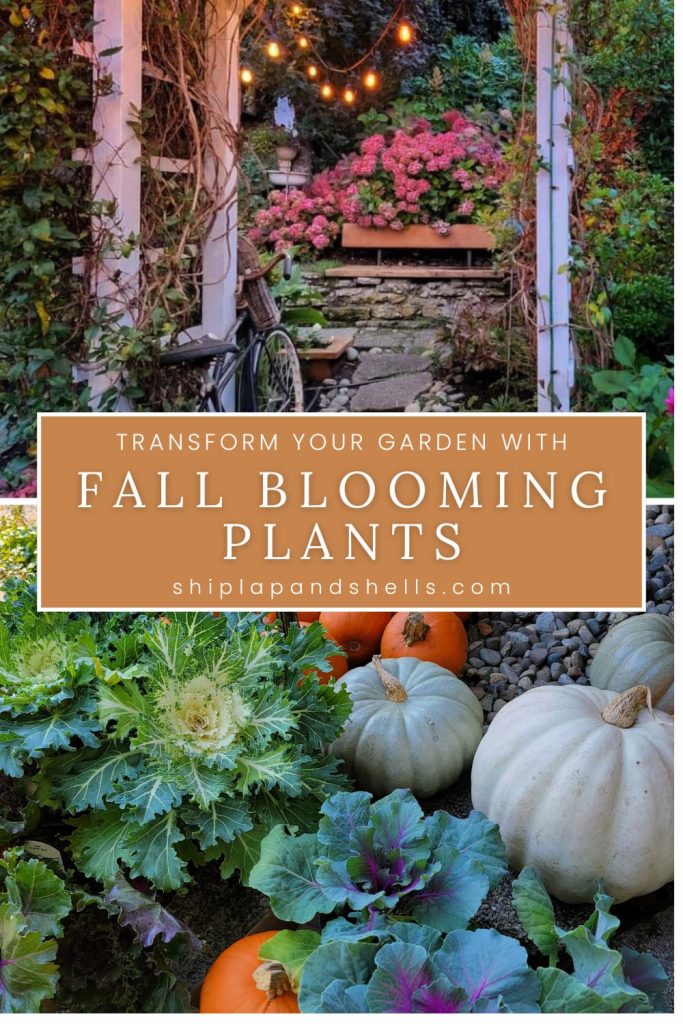

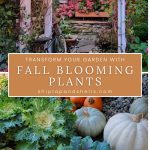
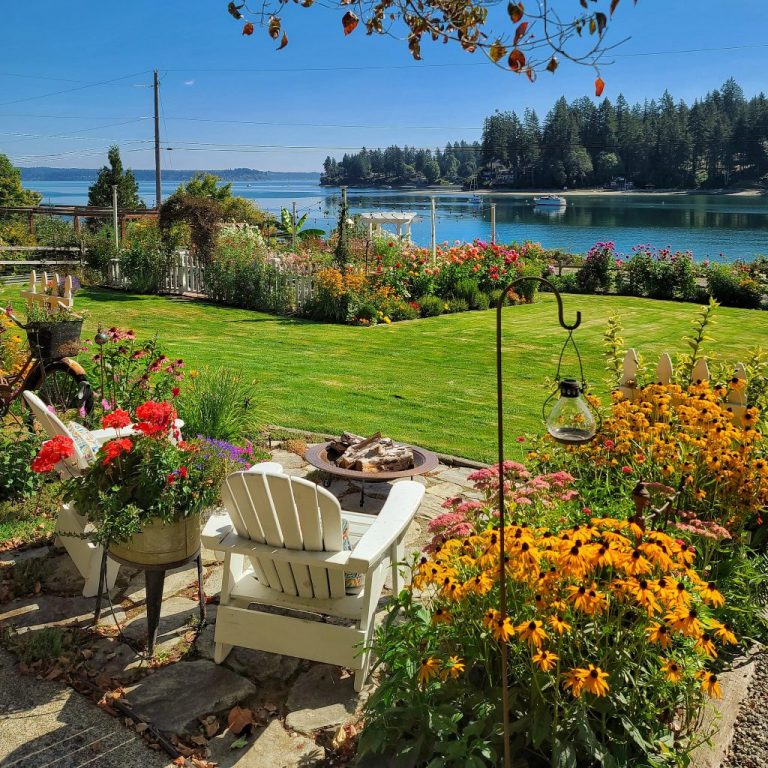
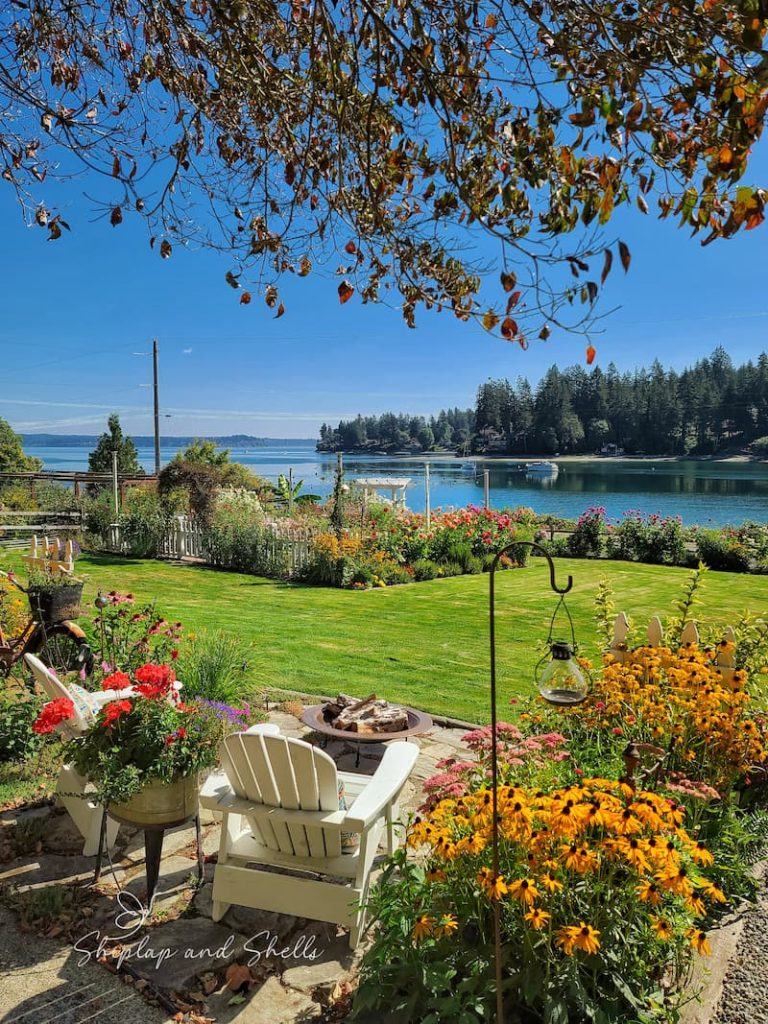
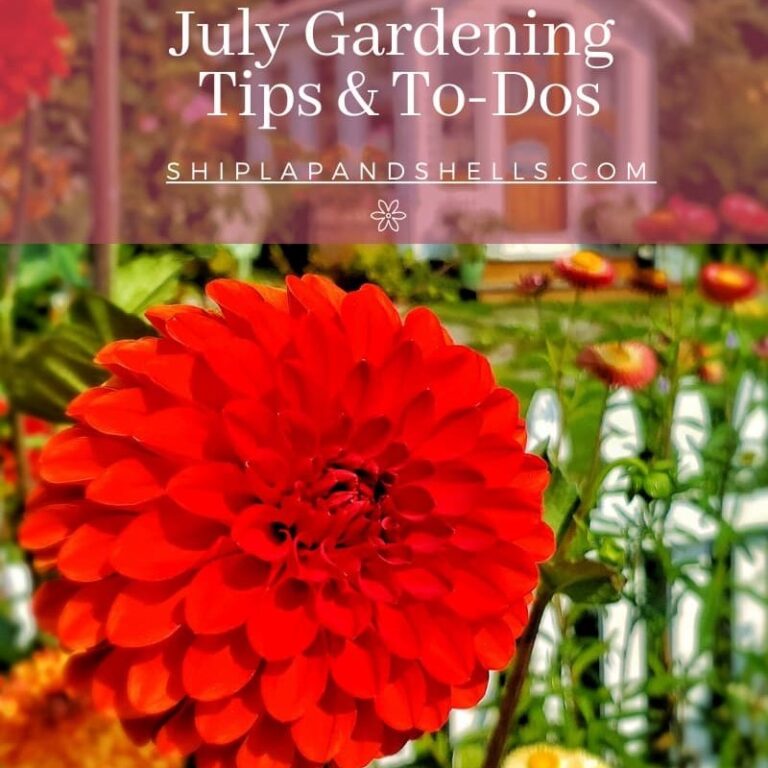
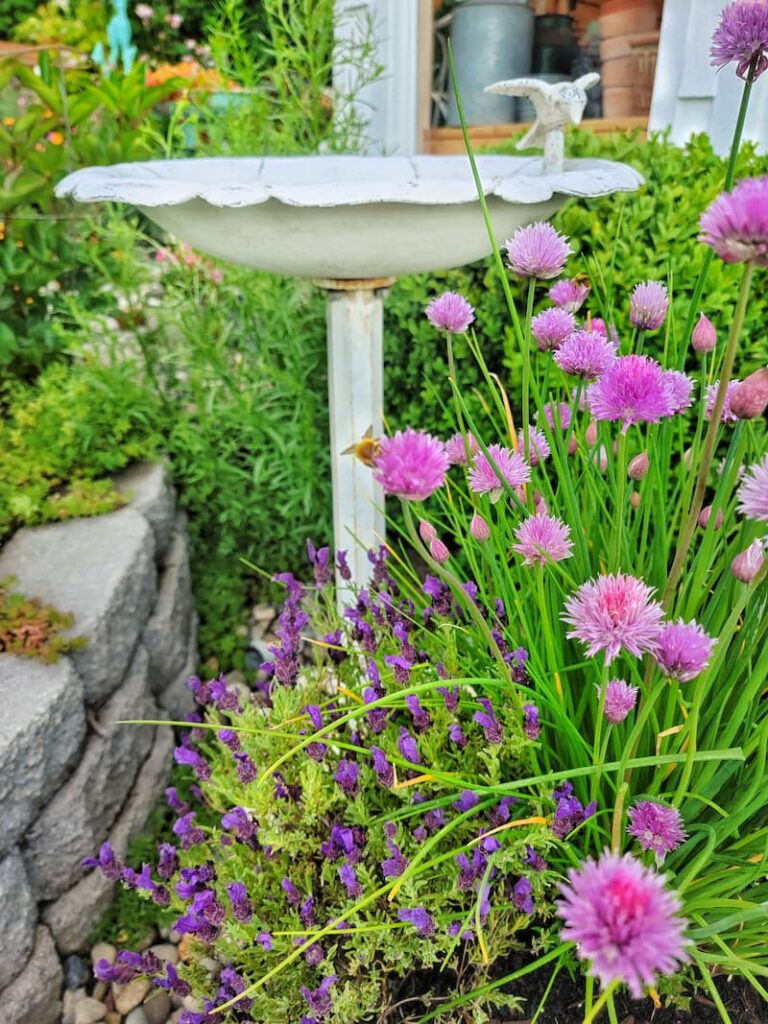
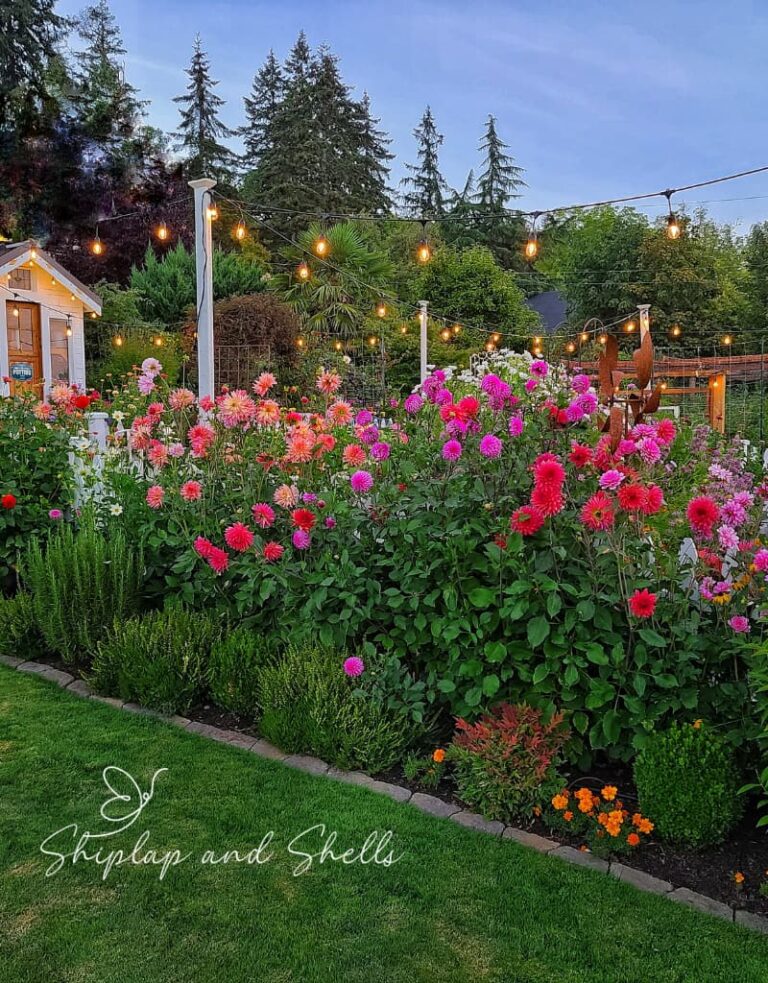

Even though we’re in 2 completely different zones I’m always so excited to see what’s growing in your garden, Kim. It’s such a gorgesous way to celebrate the season. Thank you for all your tips and tricks so we can grow beautiful blooms too. Big hugs and can’t wait to share this tomorrow, CoCo PS: Just finished your travel series, it was fabulous, welcome home!
Thank you so much for the thoughtful comments and for reaching out CoCo. I’m happy that you can find tips that work for your garden. I appreciate you sharing my post on your blog. You are so sweet. I look forward to reading your Front Porch post this weekend. I’m a little behind but look forward to all the inspiration.
Gosh, your fall garden looks beautiful! Your gardens look beautiful in any season, though! I love the witch weather vane!! So cute!
Kim what a gorgeous garden tour!!! it all looks so beautiful! love it!!!